Grattan Sand Fences: A Longitudinal Citizen Science Study 2023-2025
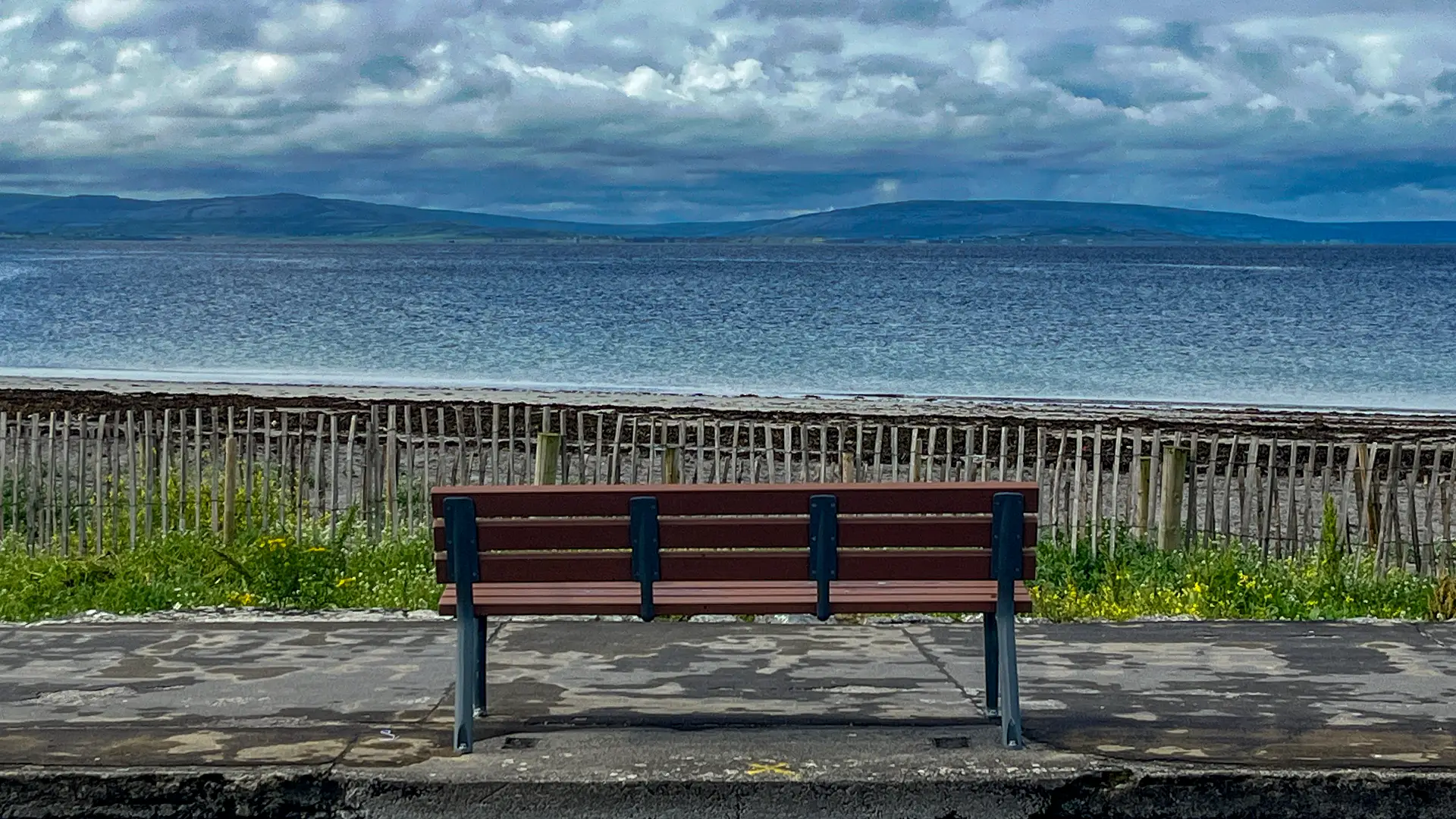
Looking Back To Look Forward
INTRODUCTION
Coastal dunes are a critical natural defence for sandy shorelines worldwide, protecting low-lying hinterlands from storm surges.
However, most sandy coasts are eroding due to powerful waves, wind, and currents—a process accelerated by climate change and sea-level rise.
Given that over 33% of the global population lives near a coast and dunes provide essential ecosystem services like recreation and conservation, their restoration and maintenance are more vital than ever. Yet, significant portions of the coastline remain without this natural protection.
So, How Can We Protect Our Dunes?
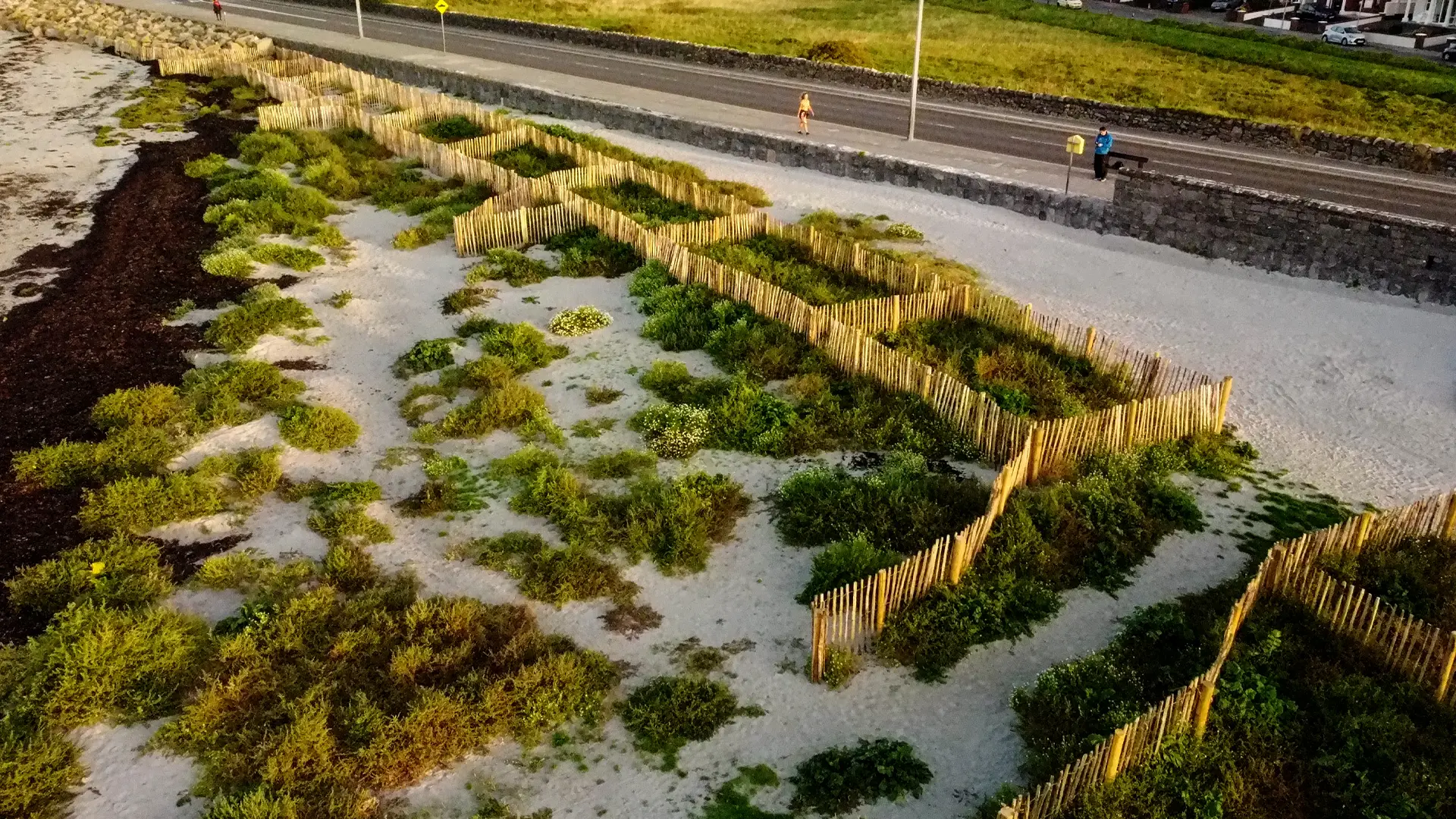
Executive Summary: Grattan Beach Sand Fence Study (2023-2025)
This summarises a three-year citizen science photo study monitoring the effectiveness of sand fences, a Nature-based Solution (NbS), for dune restoration on Grattan Beach, Salthill.
Background: The Value of Coastal Dunes
Coastal dunes are a critical natural defence, protecting hinterlands from storms and erosion while providing vital habitat and recreational space. With rising sea levels and increasing coastal erosion, restoring these ecosystems is more important than ever.
The Grattan Beach Pilot Project
Initiated in June 2023 as a pilot project, sand fences were installed on Grattan Beach through a collaboration between Galway City Council, University of Galway, CARO, and community groups.
The project included a citizen science component by Galway Atlantaquaria, which involved taking weekly photos to track progress.
Key Findings from the Longitudinal Study
Year 1 (2023): Initial establishment. The primary success was the immediate cessation of significant sand loss from the beach onto the adjacent road.
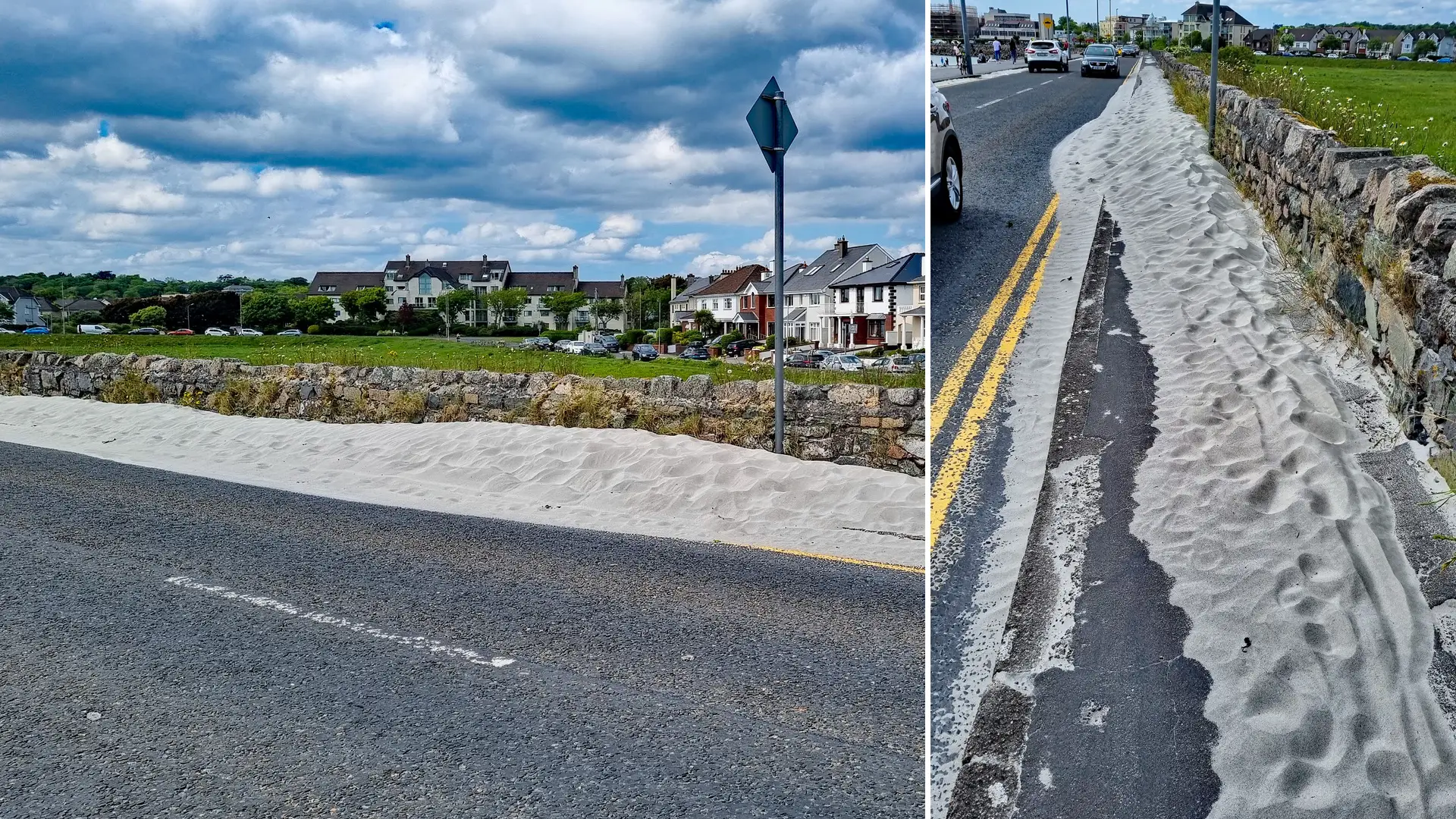
Year 2 (2024): Visible ecological succession began. Pioneer plants like Sea Rocket, Mayberry, and Sea Radish colonised the area, leading to an increase in biodiversity, including insects, snails, and birds.
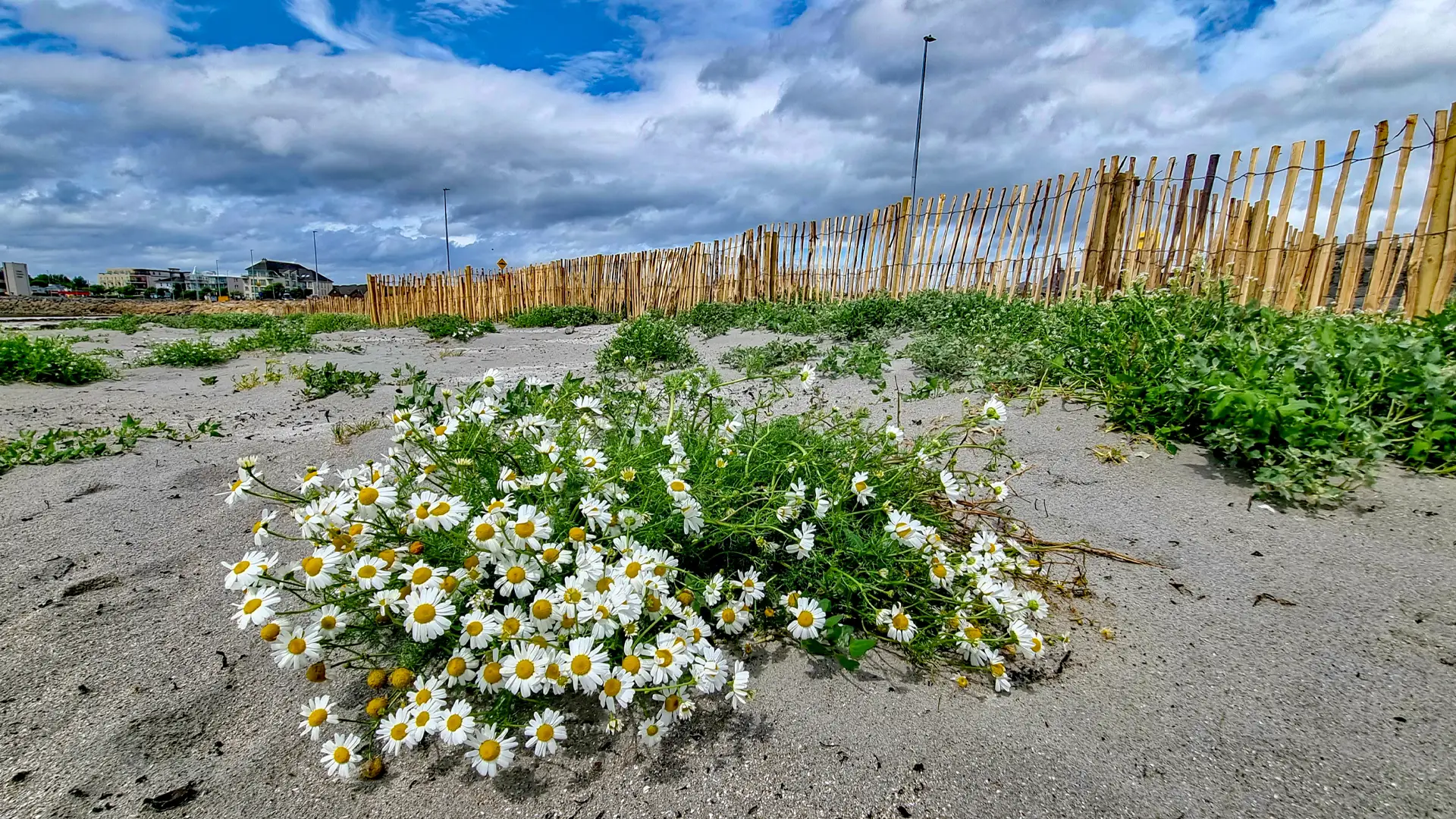
Year 3 (2025): A dramatic transformation was observed. Well-defined embryo dunes formed, demonstrating the project’s full success. The area became a stabilised and thriving ecosystem.
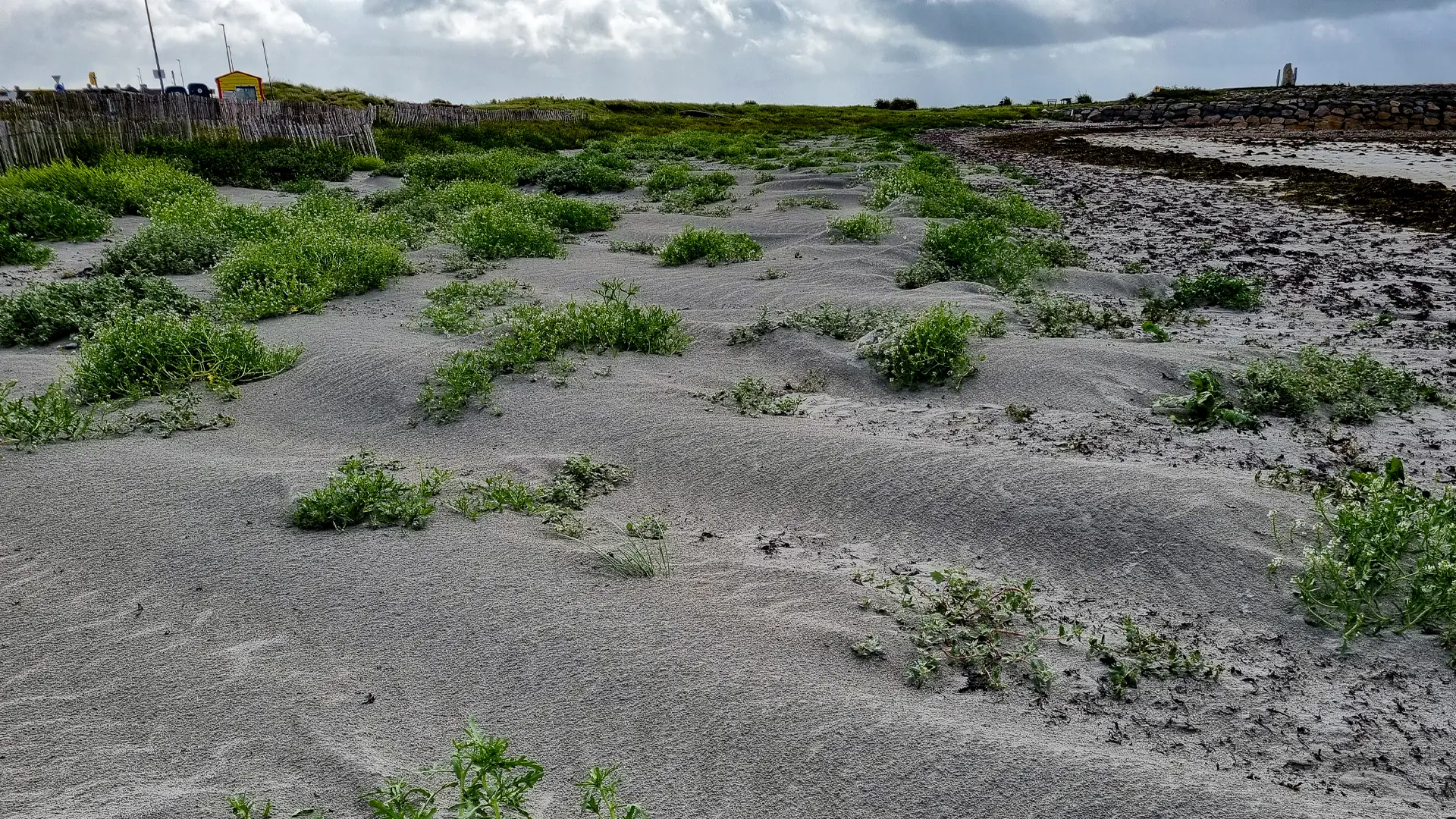
Proof of Concept: Lessons Learned
Trust the Process: The project underscores that NbS requires time. The most significant changes became apparent only after three years.
A Shift in Perspective: The team learned that the fences themselves are part of a larger “sand trapping” system. The most critical dune growth often occurs up to 10 meters seaward of the fences, not just directly behind them. The fences act as a defensive line, stabilising the sand trapped by pioneering plants.
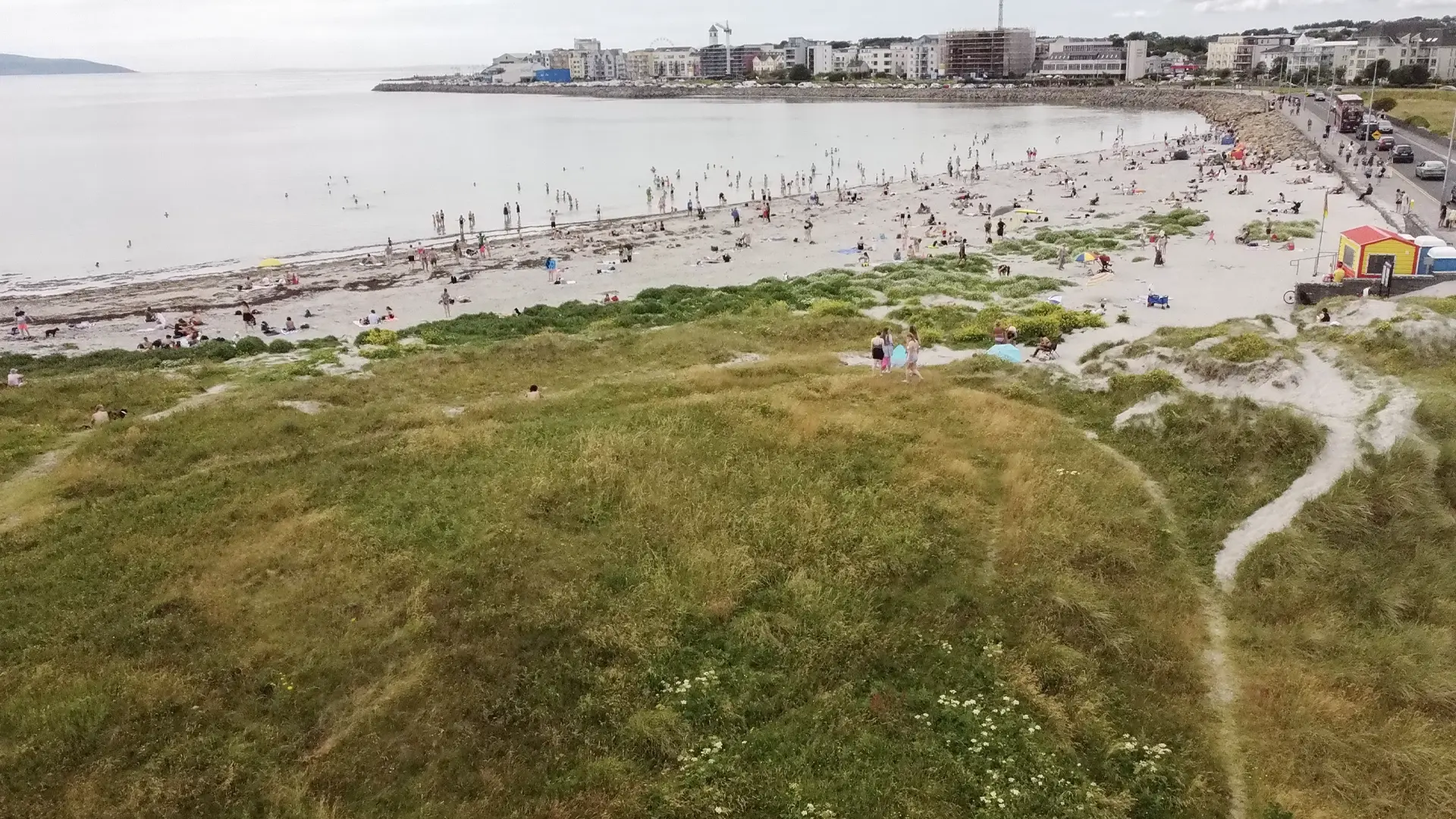
Community Impact: The project reduced foot traffic (desire lines) on fragile dunes, though some challenges with public behaviour remain.
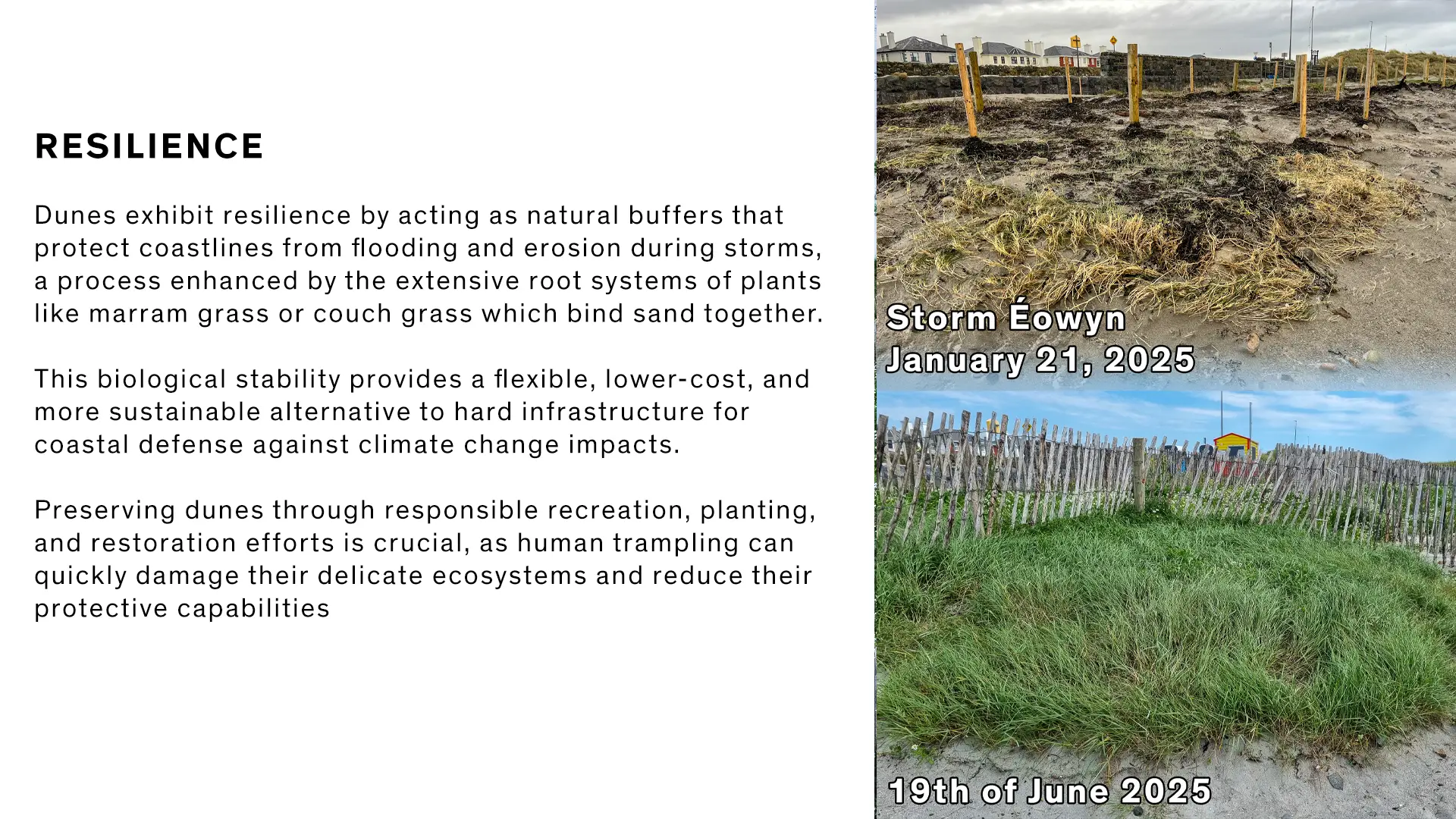
Dune Restoration & Protection
Dune restoration is done to protect coastal communities from storms and erosion, provide vital habitat for wildlife, and preserve the natural beauty and recreational value of our beaches.
They are a first line of defence and a crucial ecosystem, not just piles of sand.
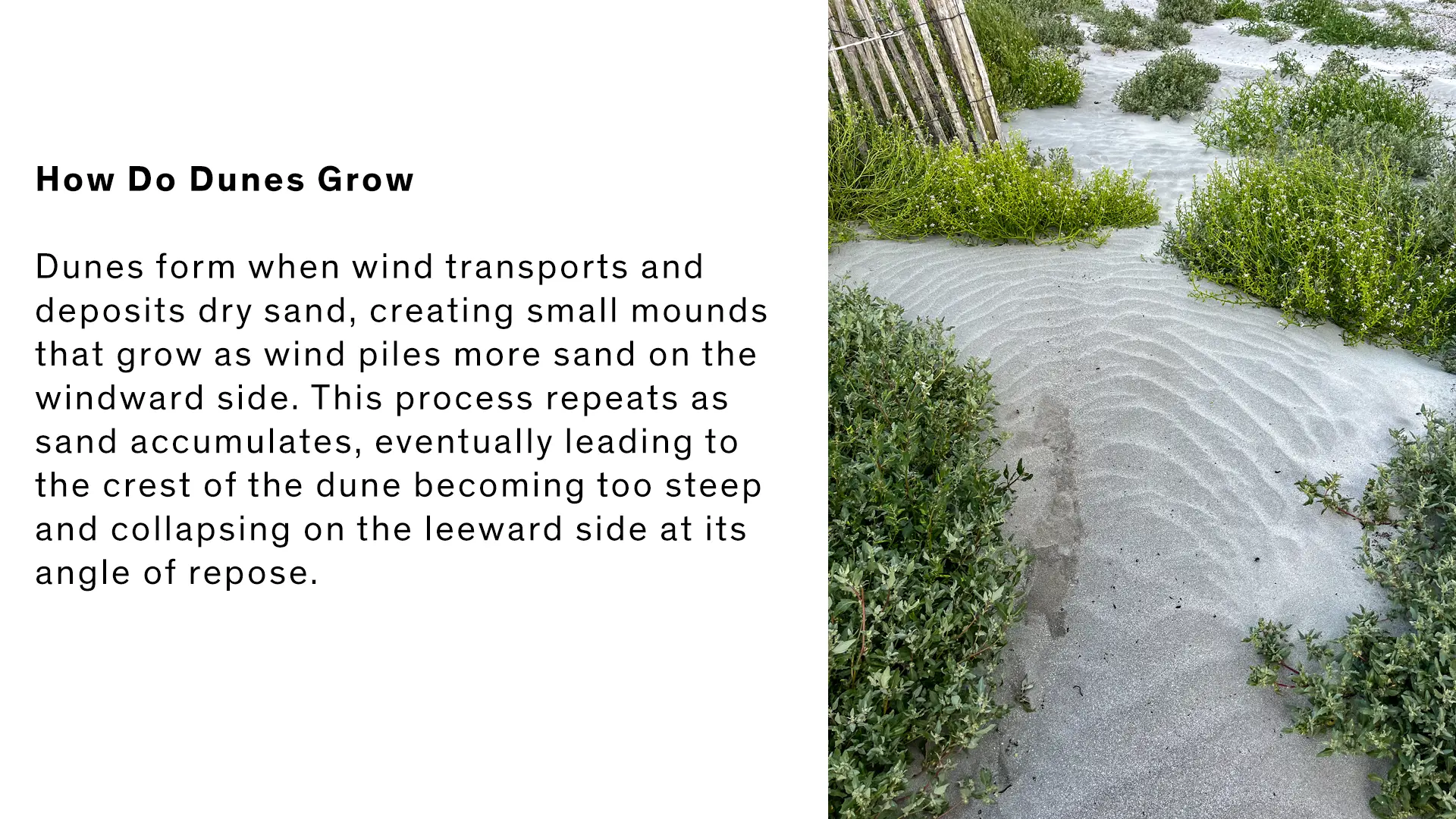
WHY?
Many people may not be aware of the value of a healthy dune system, but these hidden heroes provide us with so many services, like:
Coastal Protection & Resilience (The “Shield”)
To be the shock absorber against storms, control erosion, and mitigate sea level rise.
Ecological & Environmental Benefits (The “Habitat”)
To support a host of biodiversity, unique flora (pioneer species), and to be a habitat for wildlife.
Recreation and Aesthetics (The “Experience”)
To create a space for wildlife and humans to enjoy the benefits of a healthy beach, a shared nature space.
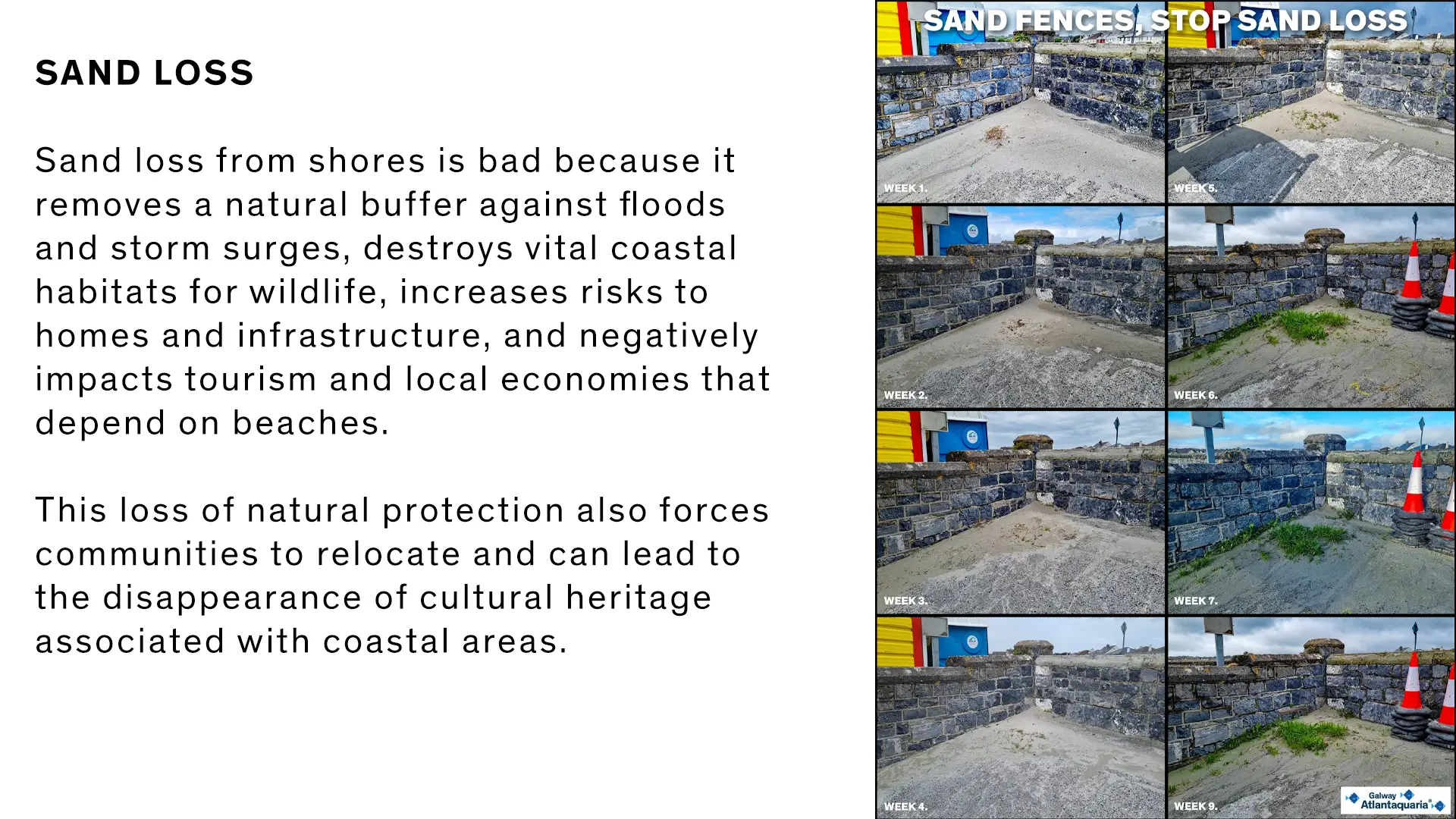
CES
Cultural Ecosystem Services (CES) are the non-material benefits people derive from nature, encompassing aspects like spiritual enrichment, cognitive development, recreation, and aesthetic experiences. These services also include the intangible benefits of cultural identity, heritage, and a sense of place.
CES is a fundamental part of the broader Ecosystem Services (ES) framework, which categorises natural benefits into supporting, regulating, provisioning, and cultural services.
SUMMARY
In summary, dune restoration is a proactive, cost-effective, and ecologically sound strategy for protecting our coastlines, preserving biodiversity, and supporting coastal economies in the face of storms and sea-level rise. It’s a perfect example of working with nature instead of against it.
THE SAND/TRAP FENCE PHOTO STUDY PROJECT 2023-2025
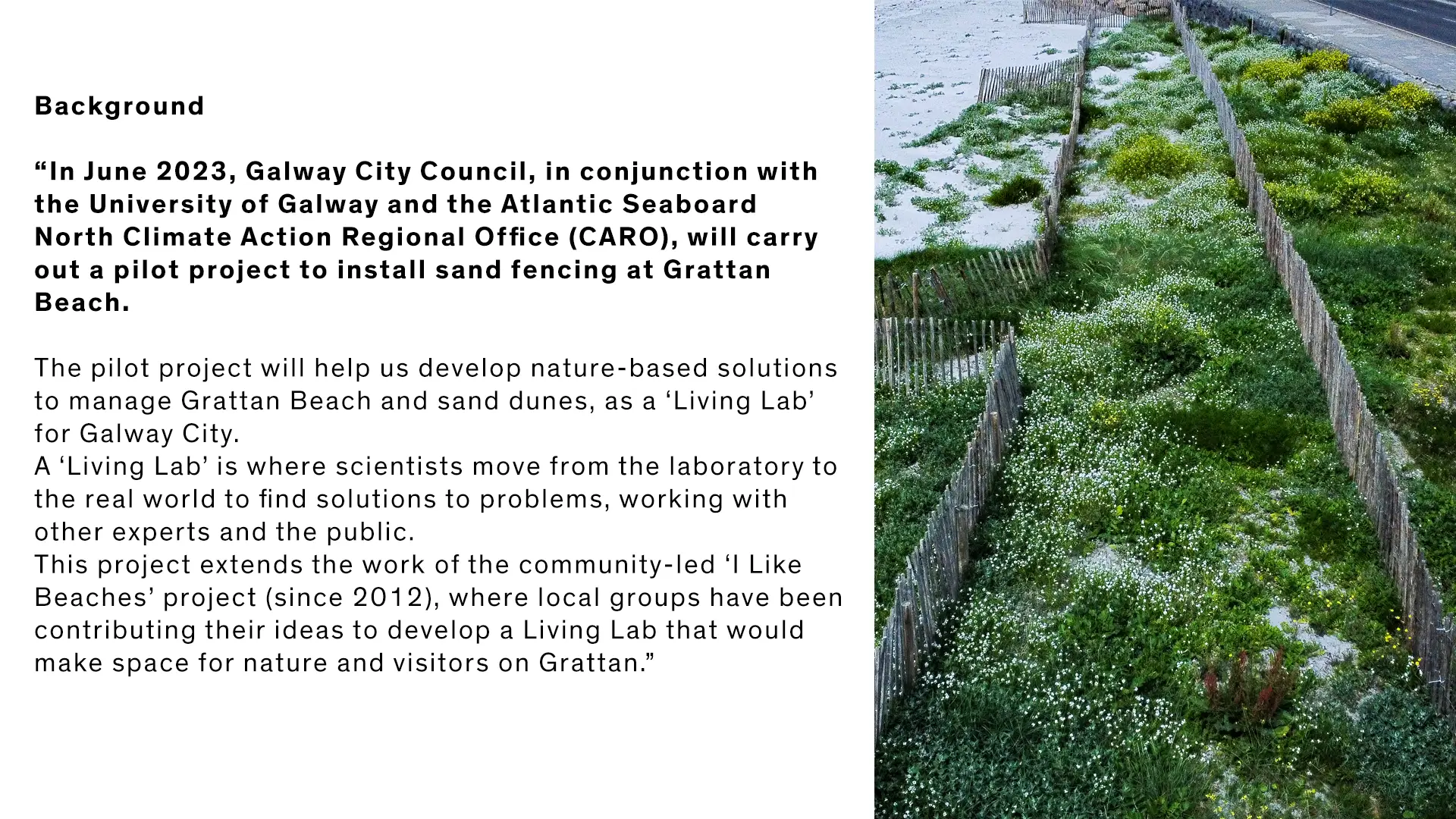
Since the development of the Sand Fences Project on Grattan Beach was a pilot project, it was proposed that there be some type of Citizen Science recording. So once the project was installed, Galway Atlantaquaria initiated weekly photos and videos tracking the progression of the dunes and flora on Grattan.
We have been taking contemporaneous videos and images of how they have developed since 2023.
2023 – The project was new, and we could see some growth along the upper shore.
2024 – The second year had evidence of species succession and even more growth.
2025 – In the third year, we noted a huge change and saw massive growth of embryo dunes across the face of the fences, a great success & outcome.
THE BEST DUNES
In 2025, there seemed to be a marked difference in how this method of NbS (Nature-Based Solutions) finally showed its purpose. This means that the project reached a zenith…it showed what can happen when ocean literacy, science and geography meet the sea….or sand!
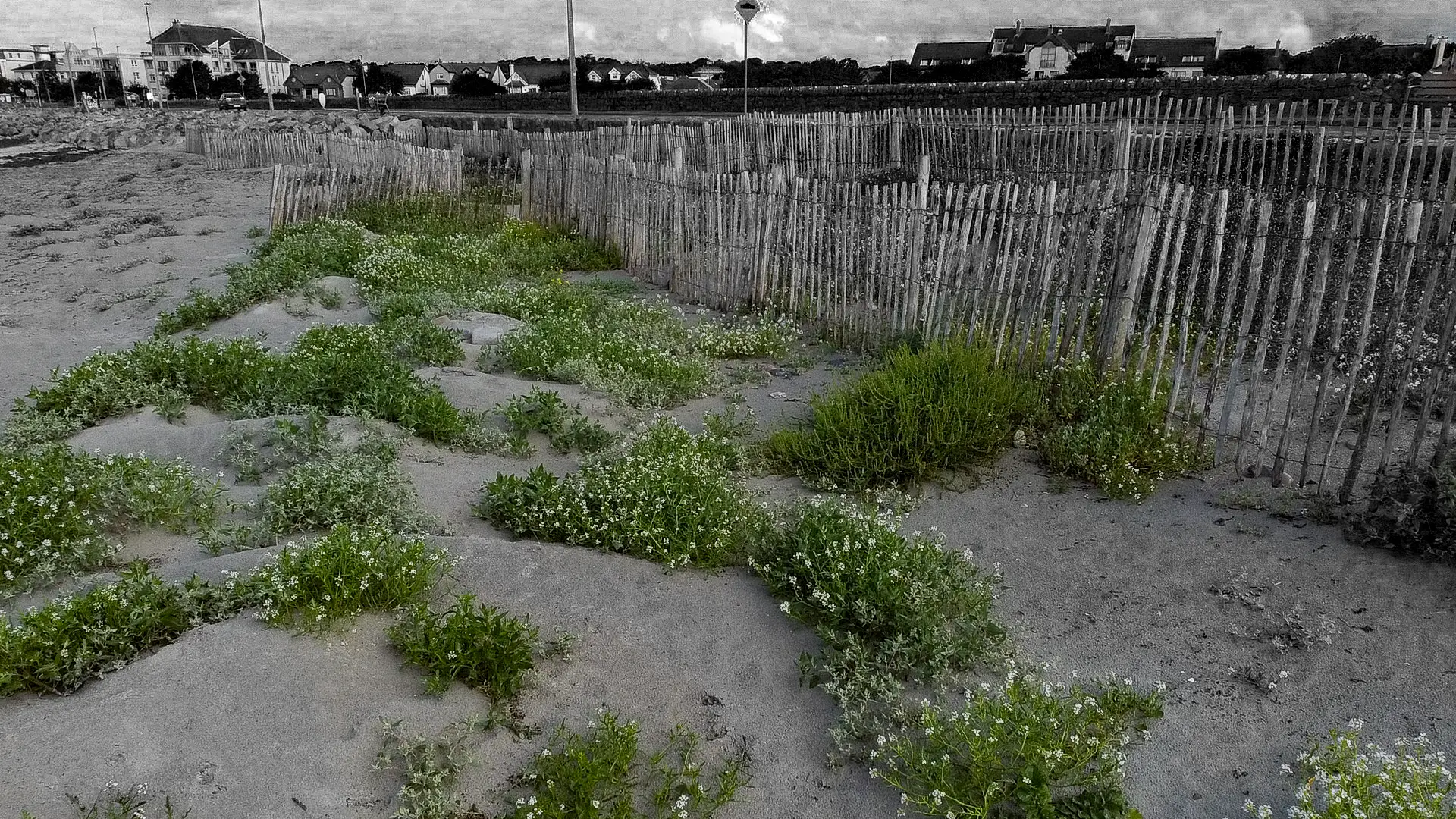
So, while some people might have doubts about the efficacy when they see an NbS Project starting, they should trust the process. We can restore nature!
The sand fences project is a model example of the theory and practice of Nature-Based Solutions coming together in harmony with nature.
Over the next few months of recording in 2025, there were some key observations.
The Grattan Beach Sand Fence Photo Project: Proof Of Concept
As a pilot project, the Sand Fence installation on Grattan Beach incorporated a citizen science component. To fulfil this, Galway Atlantaquaria initiated a weekly photo and video monitoring program to track the progression of dune formation and flora colonisation.
This longitudinal visual record has captured the development of the dunes over time. By 2025, the imagery revealed a marked transformation, clearly demonstrating the efficacy of this Nature-based Solution (NbS). The project embodies the NbS philosophy: to work with natural processes and “let them cook.”
While the initial stages of an NbS project can lead to doubts about its effectiveness, this project underscores the importance of trusting the process. The Grattan Beach sand fences stand as a model where theory and practice harmoniously combine to restore nature’s protective barriers.
The project was reinstalled on May 2nd of 2025 (Pilot project launched June 2023), with fences installed through a collaboration between Parks and Roads (Galway City Council), Dr. Kevin Lynch (University of Galway), and Paula Kearney (Biodiversity Officer, Galway City Council). The installation also involved local schoolchildren and community groups.
The following years of Citizen Science recording yielded several key observations.
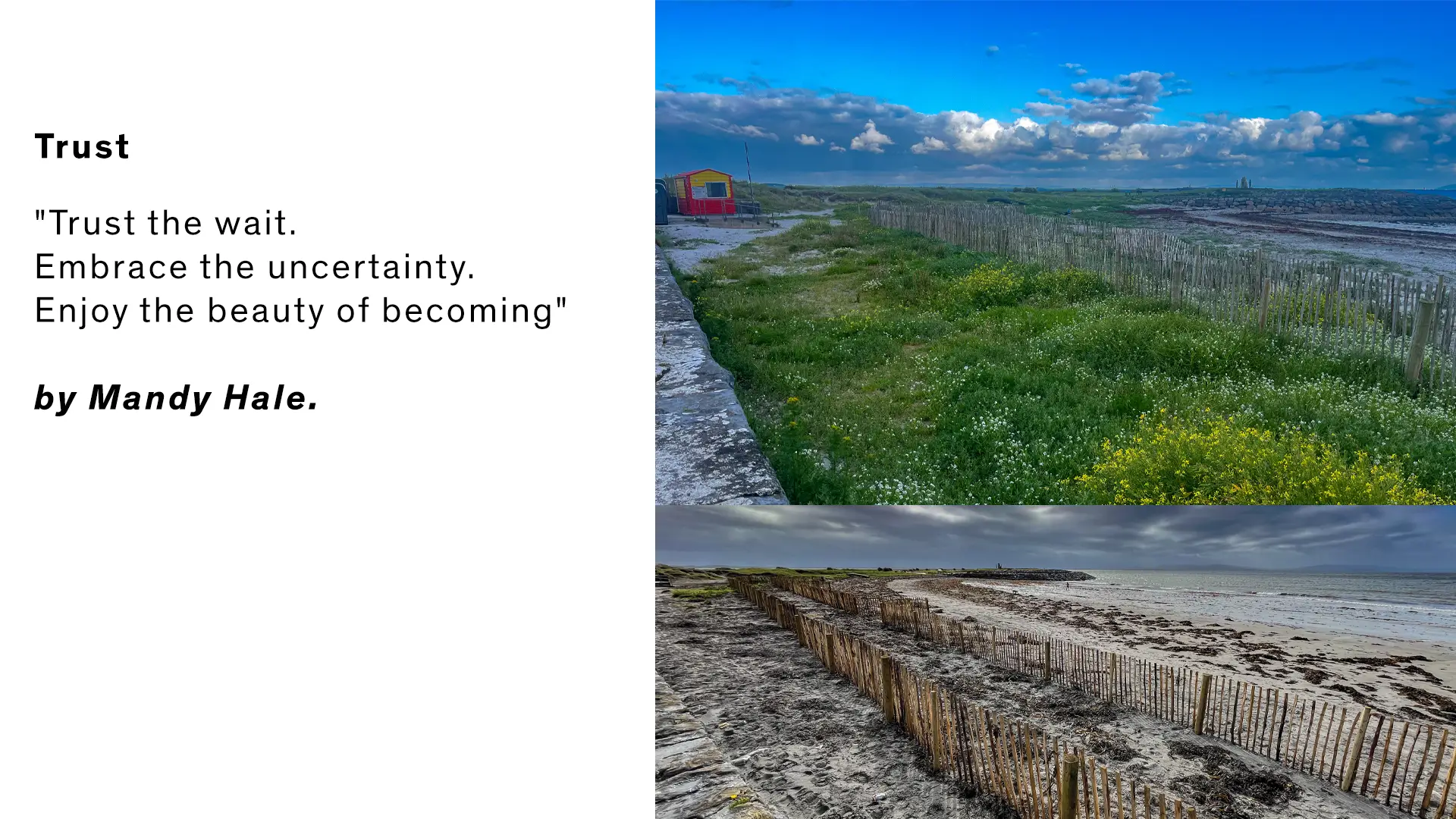
At first, there was very little impact or evidence to see the fences working..
After the first year, we did notice the SAND LOSS issue was resolved!
Year two, we saw our first Brown Lipped Snail on Grattan Beach….then began to see even more butterflies, moths, bees and caterpillars.
During year two, we also saw the YELLOW radish and WHITE sea rocket fight for dominance of the dunes (Orache and Sea Mayberry also had their own succession battles). Ultimately, we must commend the Sea Rocket as it has grown everywhere.
During the fence installation, we did see people stop making desire lines and stop trampling the fragile dunes (yet there is still some bad behaviour with fragile dunes still being destroyed).
People and nature can work together if they observe Leave No Trace Principles.
People were using the newly formed Couch Grass areas for sunbathing, and this was disappointing to see.
After three years, we saw a HUGE impact on how the fences finally came into play with establishing plants, new dunes, and a beautiful area for the public to enjoy.
SPECIES ESTABLISHED/STABILSED COMMUNITIES
Since the project’s inception in 2023, numerous stabilised pockets of dune-specific flora have become established. These pioneering plant communities have effectively taken ownership of the dunes, initiating a natural coastal management system by trapping wind-blown sand and promoting further growth.
This process is a textbook example of ecological succession, specifically a psammosere (a sere on sand). The succession began with pioneer species, such as sea couch grass, which colonise the bare sand. These pioneers alter the micro-environment, making it suitable for other, more complex plant communities to establish, ultimately leading to a stable and resilient dune ecosystem.
A notable observation at Grattan Beach was interspecific competition for dominance between two early-succession species: Sea Rocket (Cakile maritima) with its white flowers and Sea Radish (Raphanus raphanistrum subsp. maritimus) with its yellow flowers. This dynamic, informally termed “The Battle of White versus Yellow,” illustrates the complex biological interactions that occur even in the earliest stages of dune formation.
Some of the Dune Specific Species on Grattan
- Elytrigia juncea, Sand Couch
- Ammophila arenaria, European Marram Grass
- Cakile maritima, Sea Rocket
- Rumex crispus, Curly Dock
- Raphanus raphanistrum subsp. Maritimus, Sea Radish
- A host of other flora species, too.
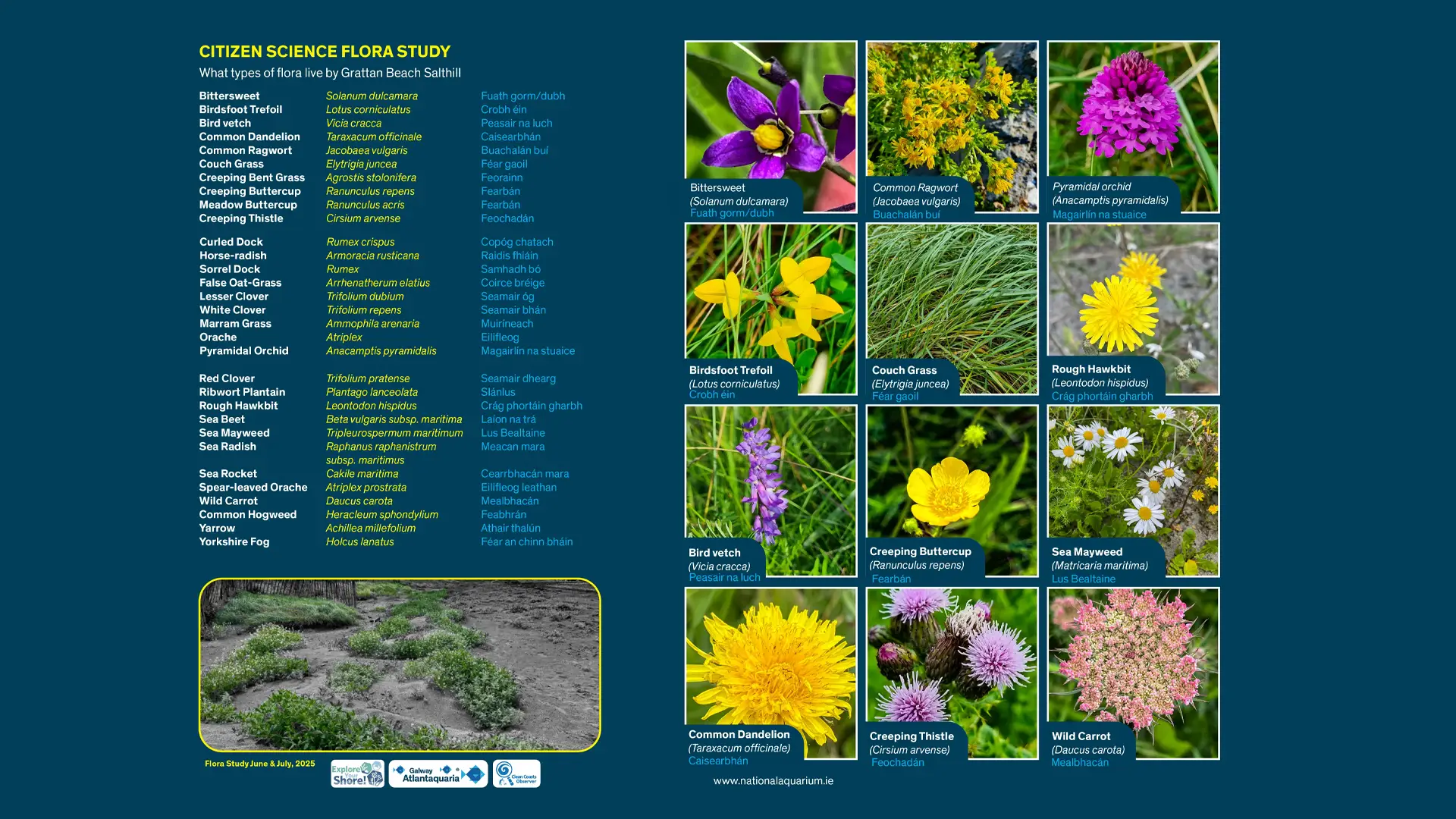
WE WERE RECORDING THE WRONG THING THE WHOLE TIME
This was a little embarrassing; however, we could not visualise the outcome of the NbS, so we always recorded the fencing…..as you would imagine that here is where the outcomes would happen.
We should have been recording the Coastal Process at a minimum of 10 metres before the fencing. As we started to learn more about dunes and fences, we did find an interesting read, and it explains the complexity of what should be recorded much better.
Sand Trapping Fences as a Nature-Based Solution for Coastal Protection: An International Review with a Focus on Installations in Germany
Abstract
Sand trapping fences are a widely used nature-based solution to initiate dune growth along sandy shorelines for coastal protection.
At present, the construction of sand trapping fences is based on empirical knowledge, since only a few scientific studies investigating their efficiency exist.
However, the restoration and maintenance of beach-dune systems along the coast requires knowledge of the interaction between the beach-dune system and the sand-trapping fences to guide coastal managers on how and where to install the fences.
https://www.mdpi.com/2076-3298/8/12/135
This Means That…
Essentially, we could see the sand fences working 10 meters ahead of them, and the sand fences are like the defensive line of a rugby team, helping enforce the foreshore dune growth. So, they are not sand fences; they are Sand Trap Fences.
“The one who plants trees knowing that he or she will never sit in their shade, has at least started to understand the meaning of life.”
— Rabindranath Tagore
Imagine we reworded this quote to talk about the fences….they have made a huge difference in improving the beach and biodiversity…it just took a few years.
SAND LOSS STOPPED
Before the fences were implemented, anyone walking by Grattan would get almost blinded by the blown sand; the road across from the beach used to have loads of sand piling up against the wall.
While some might think this sand loss on Grattan is marginally small, it does indicate a much LARGER problem of sand loss which is not INFINITE.
https://www.caro.ie/projects-research/campaigns/sand-dune/the-vulnerability-of-sand-dunes
We are draining these resources every year
Did You Know?
50bnt tonnes of sand and gravel are currently used each year, making it the second most used material in the world after water. And this figure is only predicted to grow to 82bnt by 2060, driven by increased urbanisation.
‘Our sand resources are not infinite, and we need to use them wisely,’ said Pascal Peduzzi, a UNEP Director and Programme Coordinator for the report. ‘If we can get a grip on how to manage the most extracted solid material in the world, we can avert a crisis and move toward a circular economy.’
While our environment faces many threats and challenges, is it time to talk about dunes? Can we afford to lose this buffer against Climate Change?
They are Habitats – They are Habitats
Over time, we noted a host of small birds, bees, caterpillars and butterflies enjoying the benefits of this newly formed ecosystem.
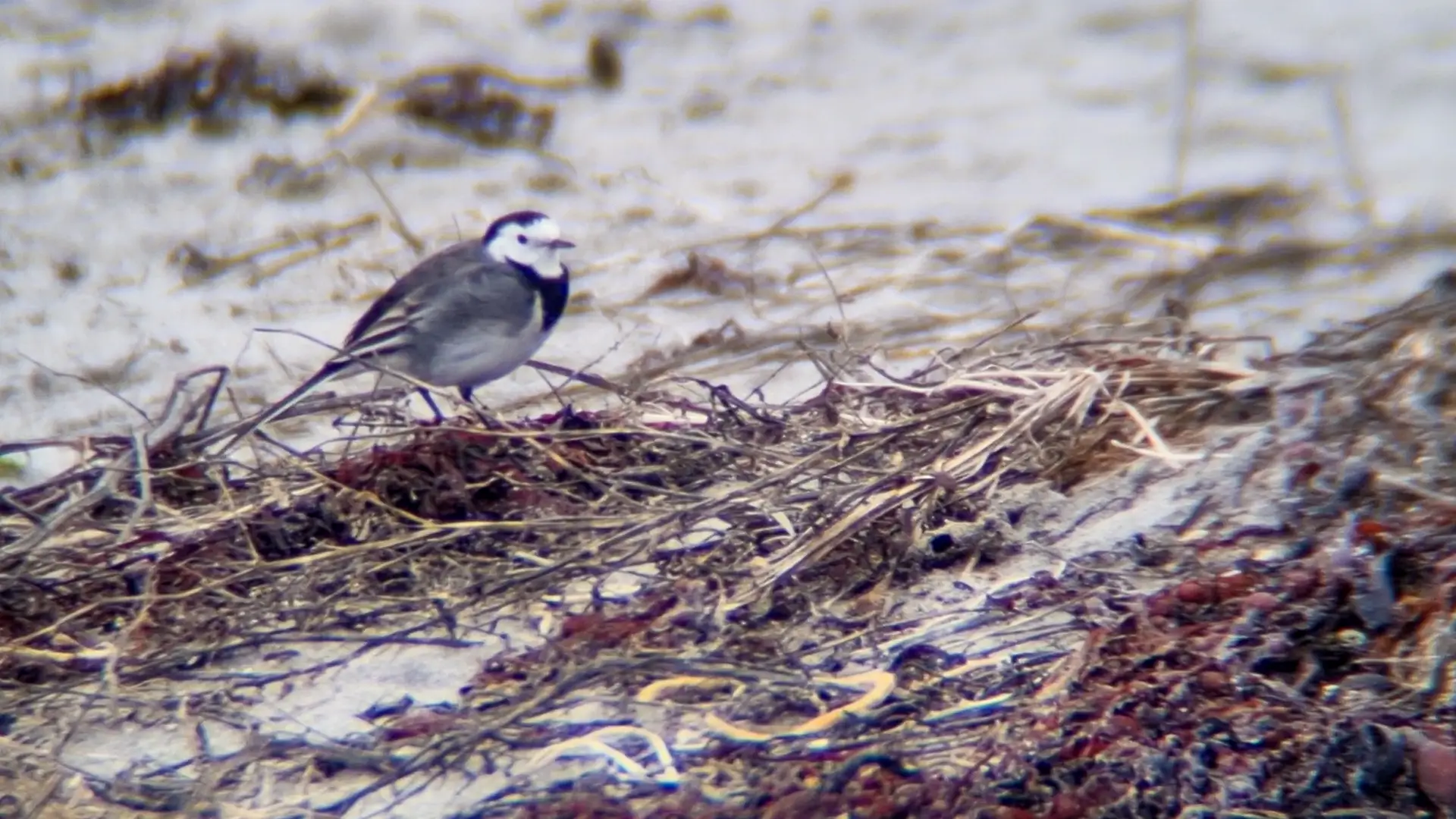
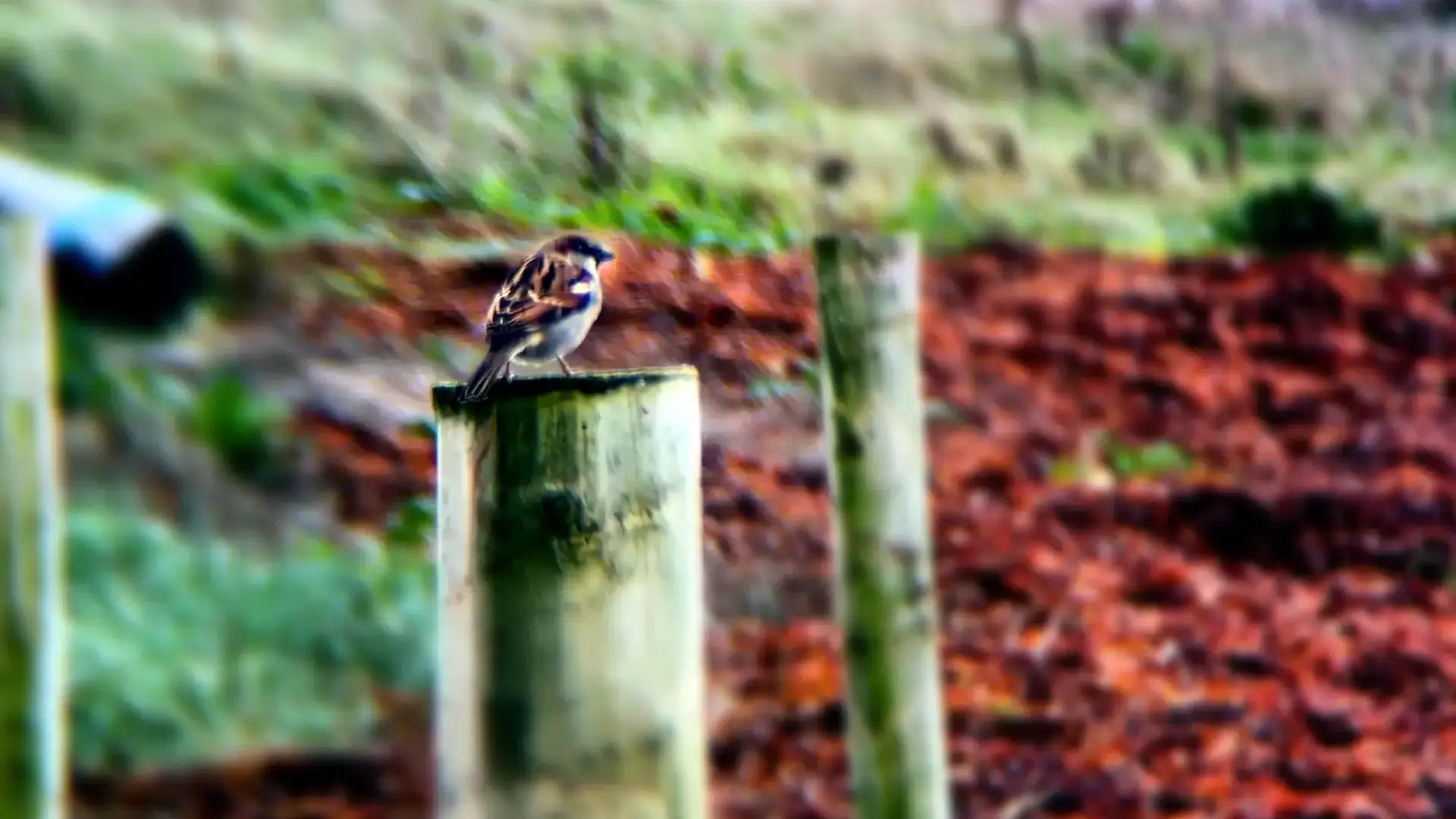
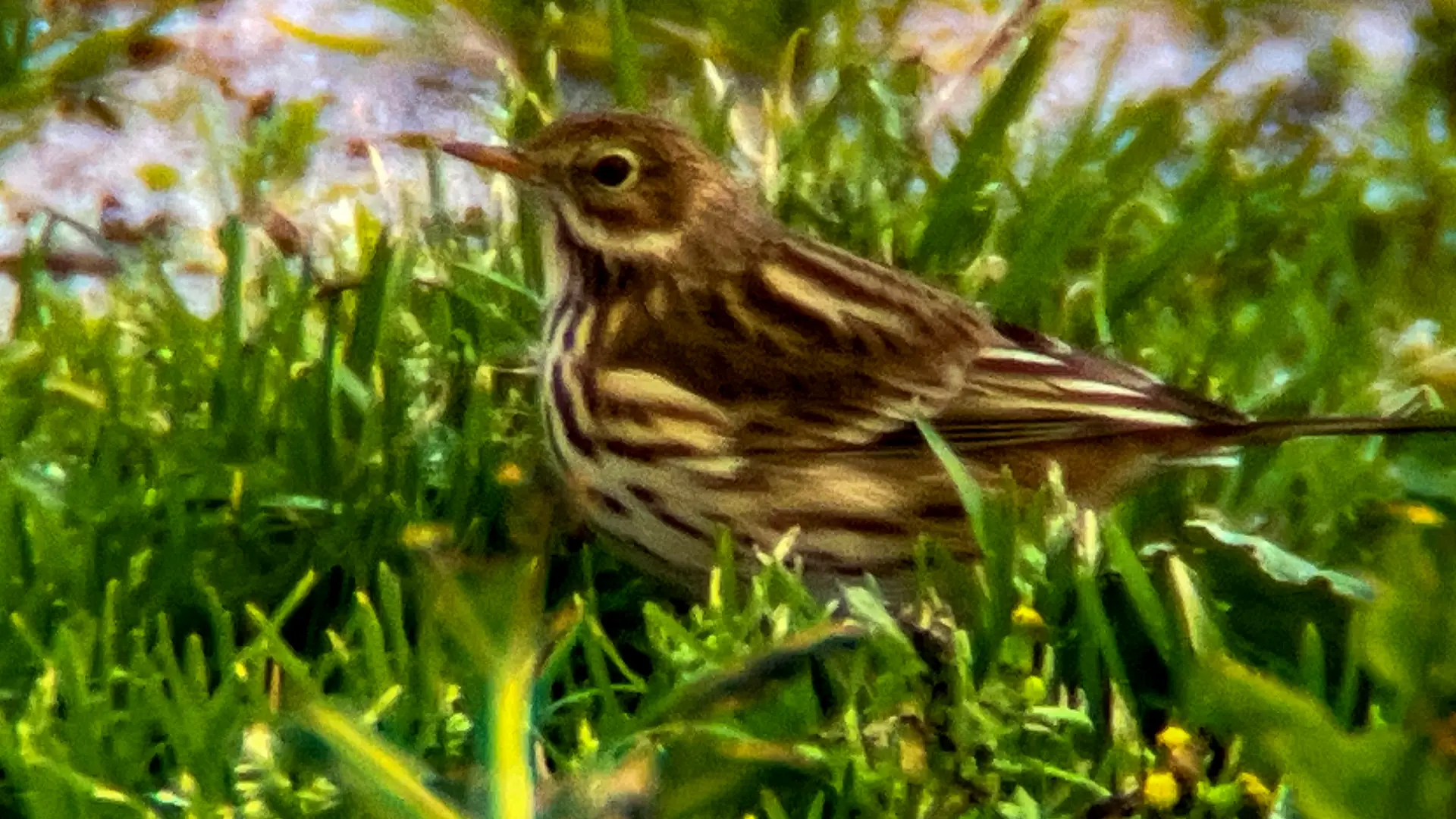
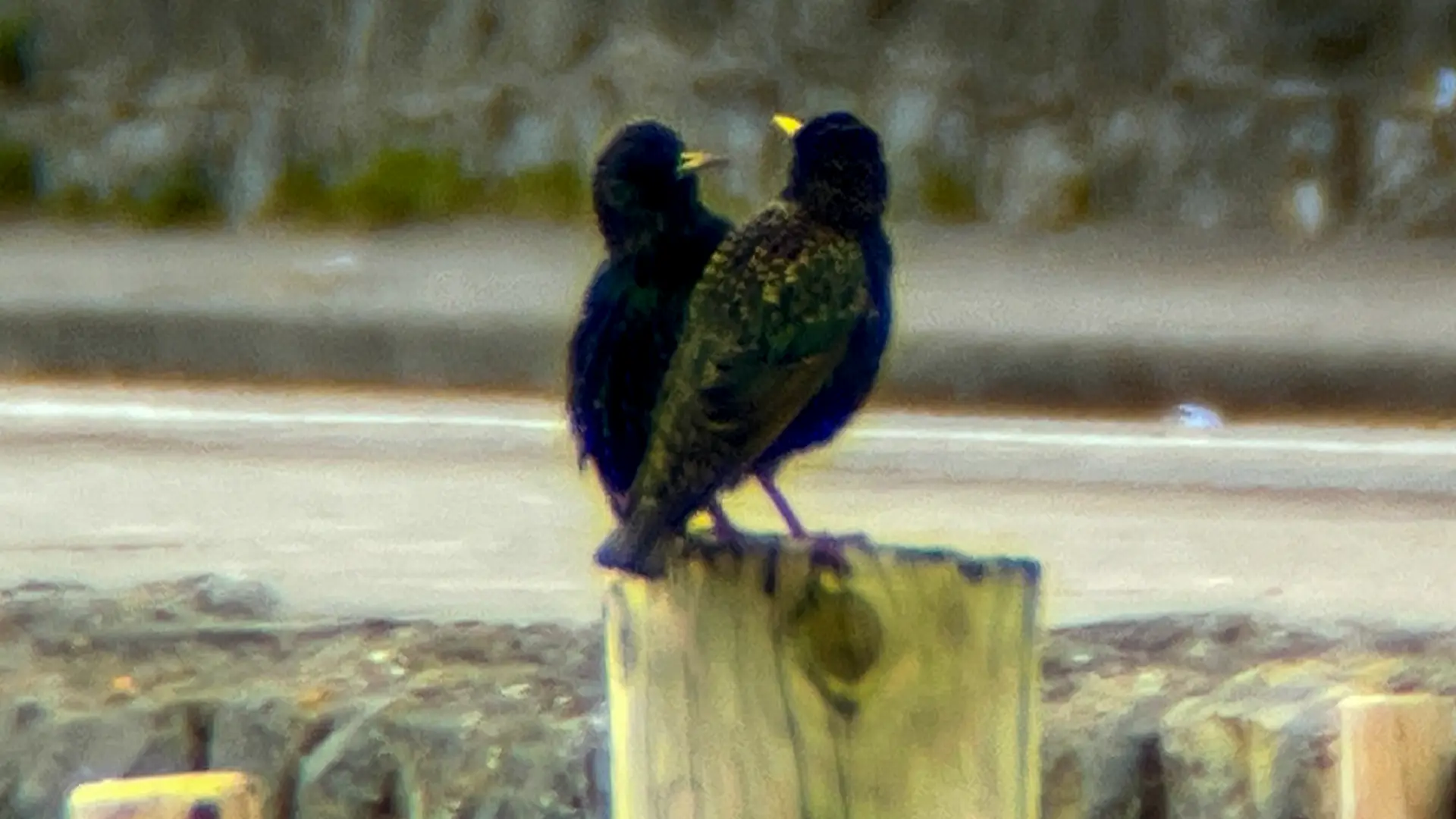
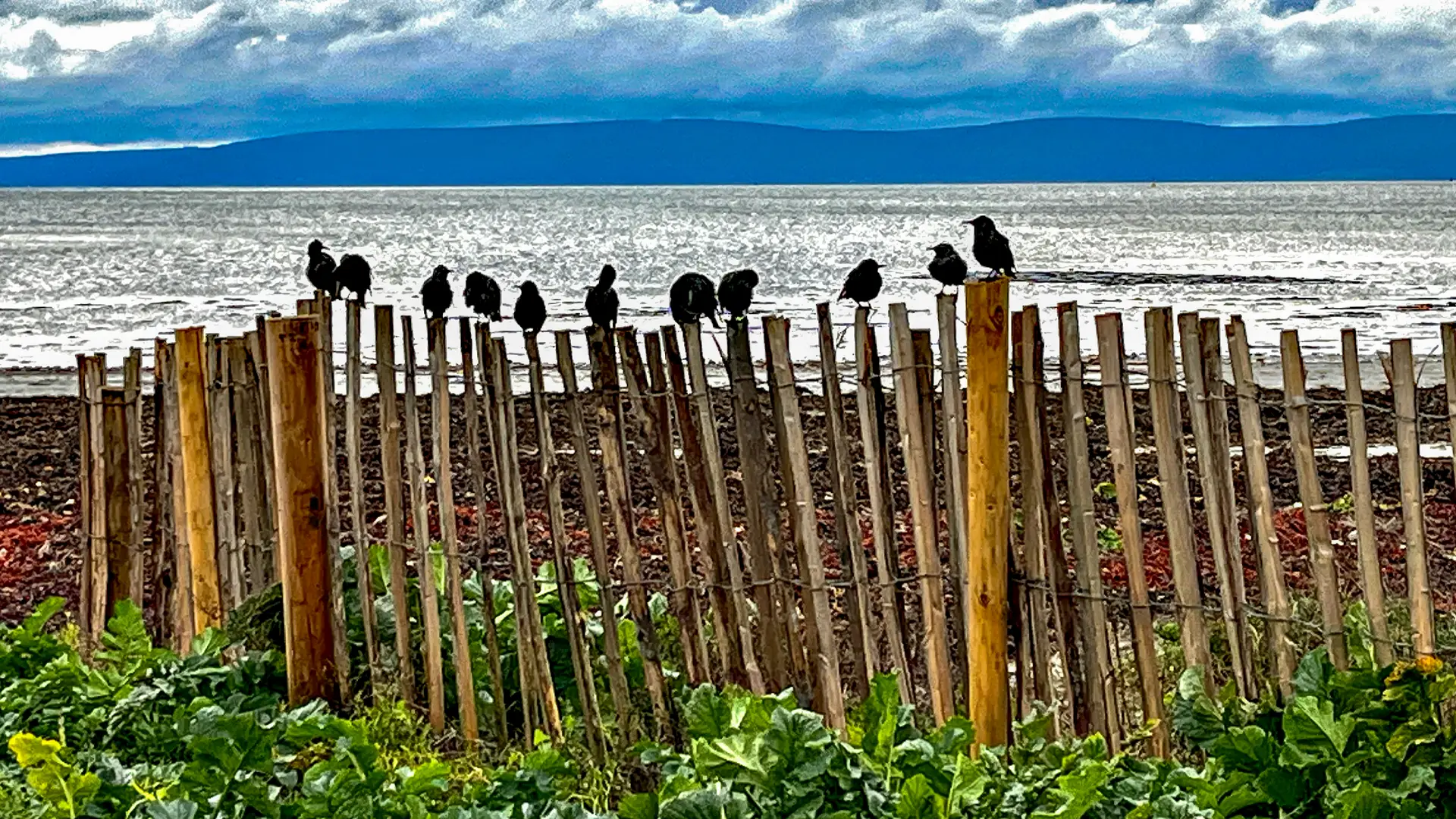
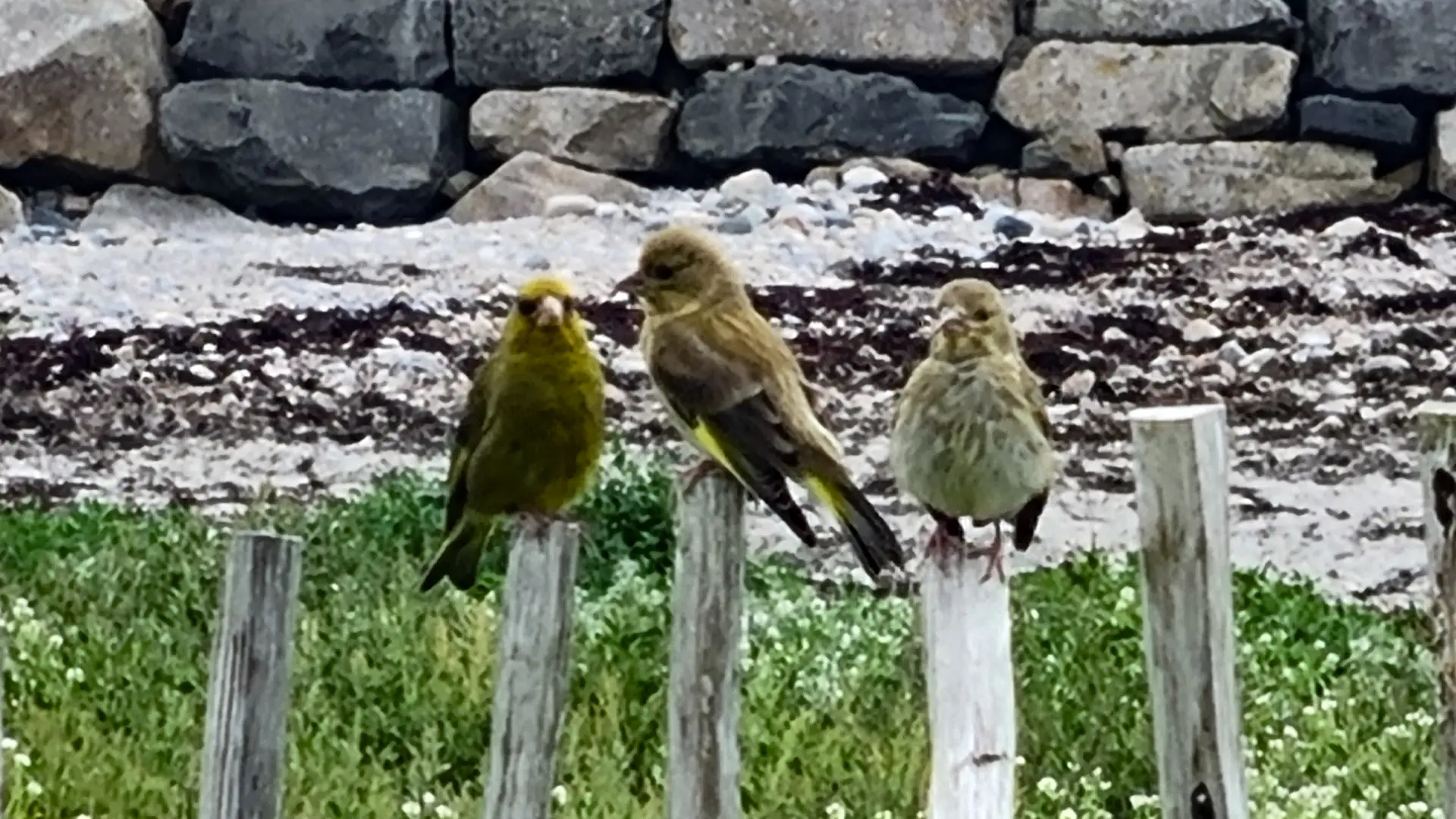
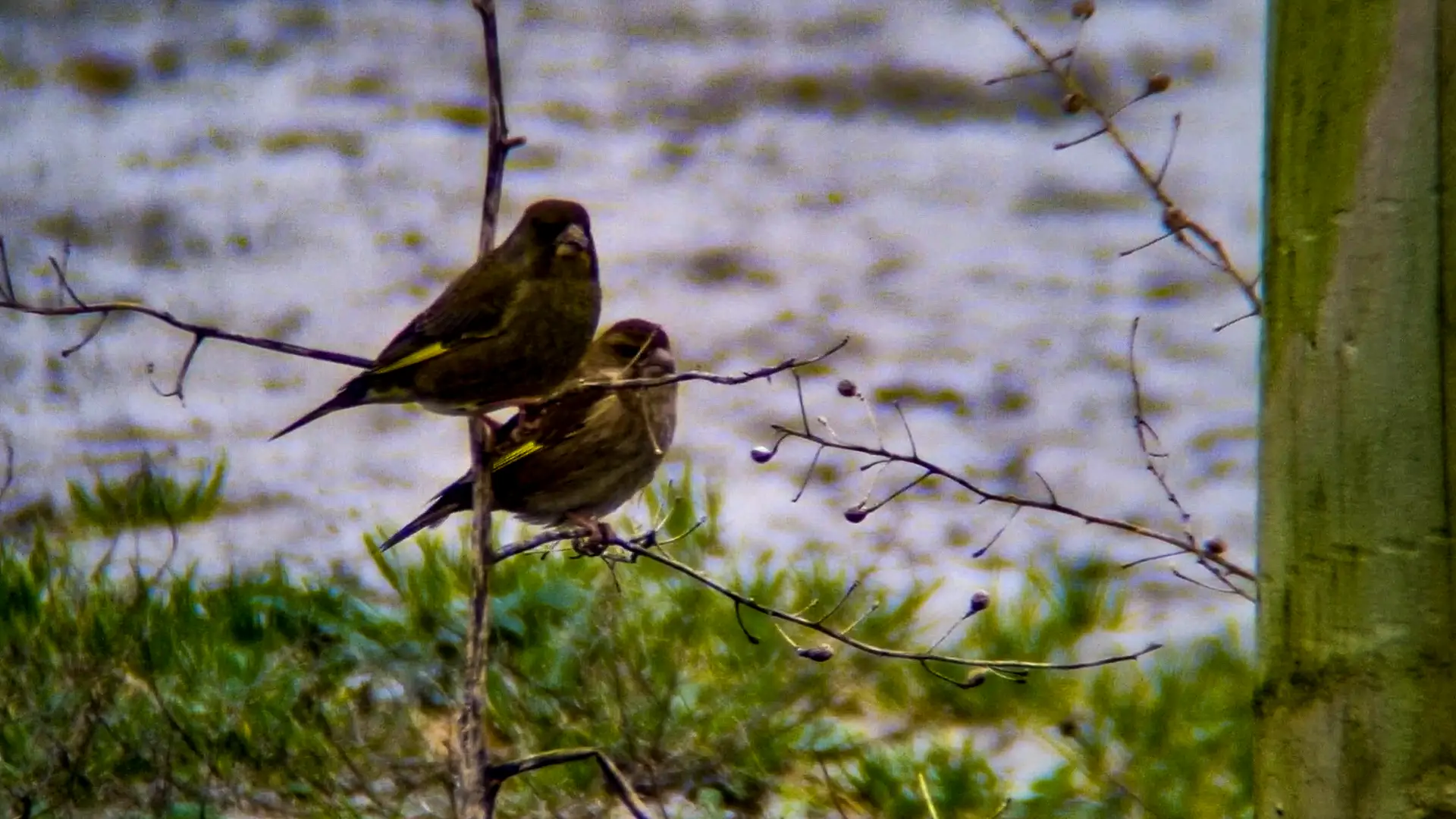
During the last few years, the birds and their diversity were a joy to see and record.
One of the most interesting observations was the plight of the small white caterpillar and the parasitoid wasp. After walking the dunes for years, it was surprising to see the little white cocoons and learn what they entail.
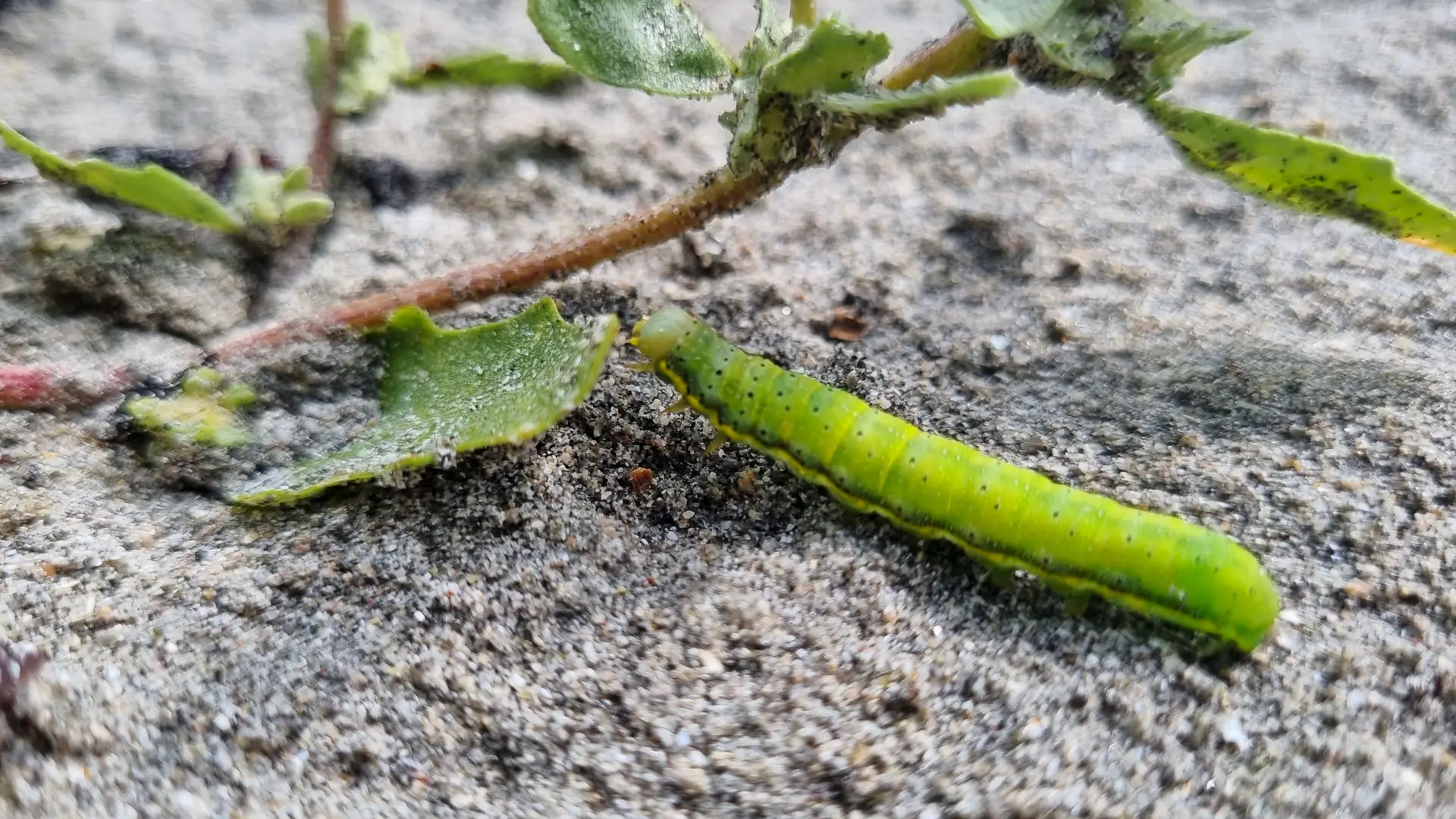
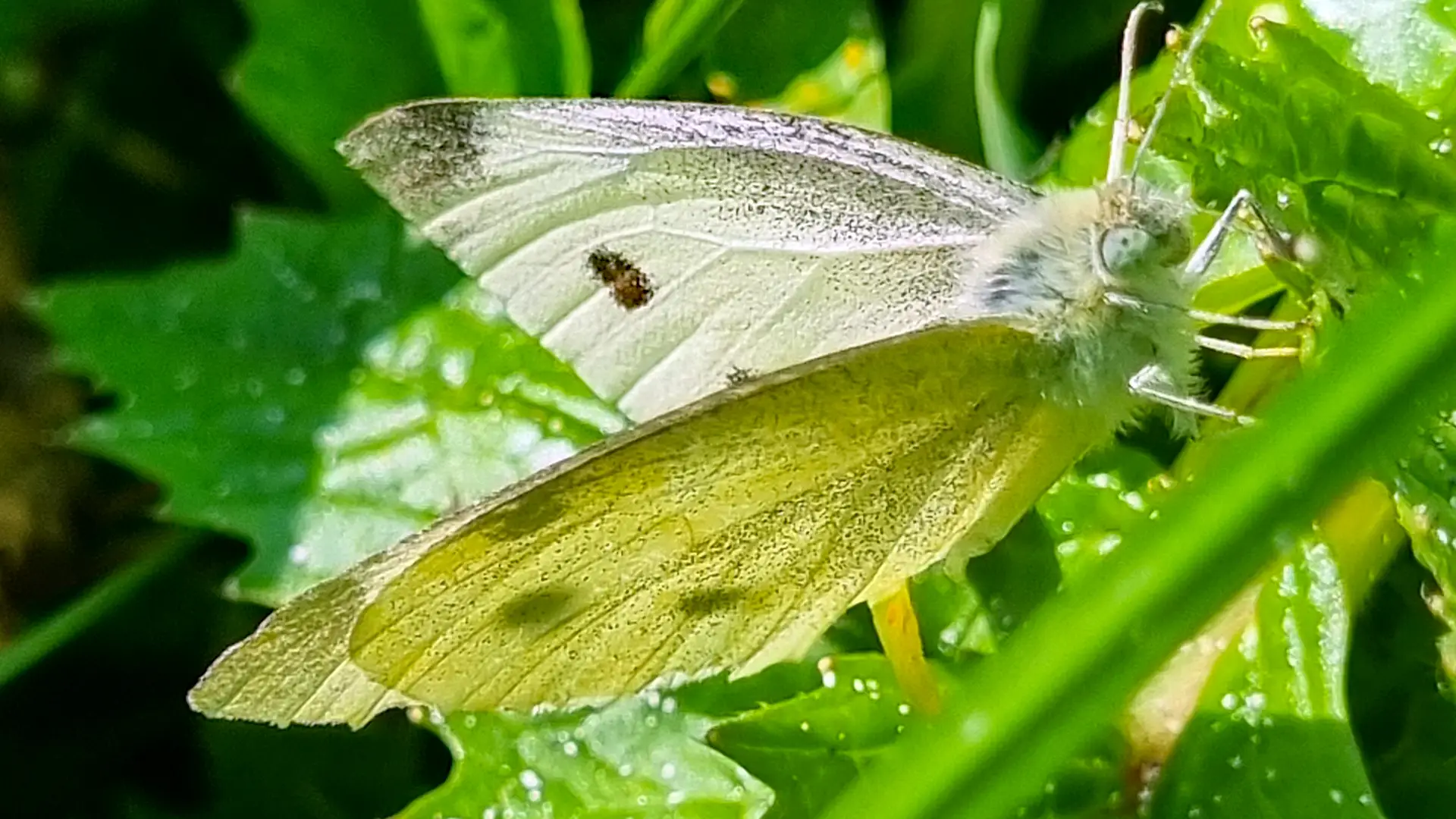
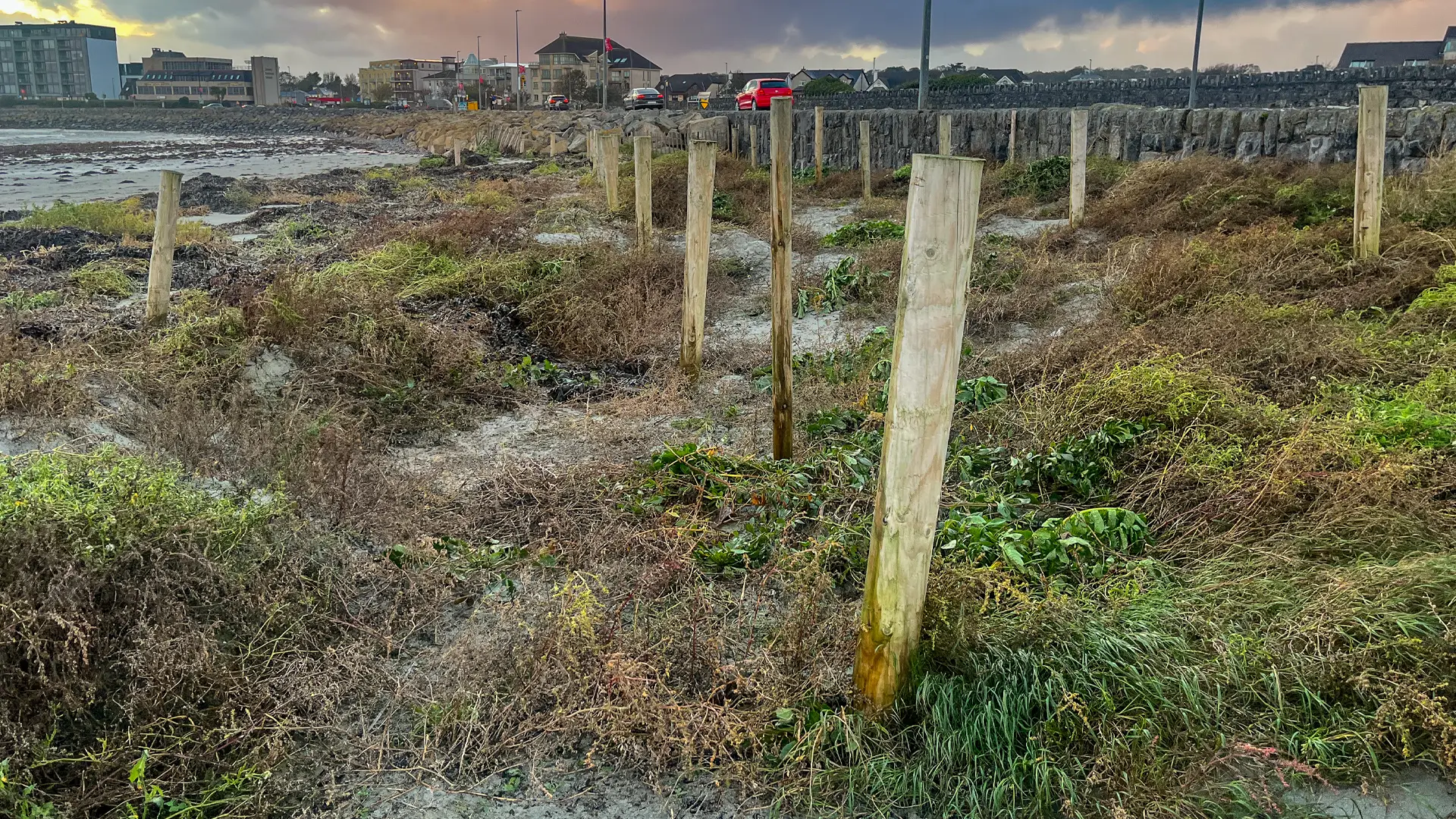
On the 3rd of October, 2025 Galway City Council Parks & Roads team removed the fences in advance of Storm Amy.
This work is NOT easy, and we must give them a HUGE amount of credit. Thank You.
Conclusion
The Grattan Beach Sand Fence Project is a successful model of a Nature-based Solution. It proves that working with natural processes can effectively restore protective dune systems, preserve biodiversity, and enhance coastal resilience.
The longitudinal photo study provides clear visual evidence of this success and offers valuable insights for future coastal management projects.
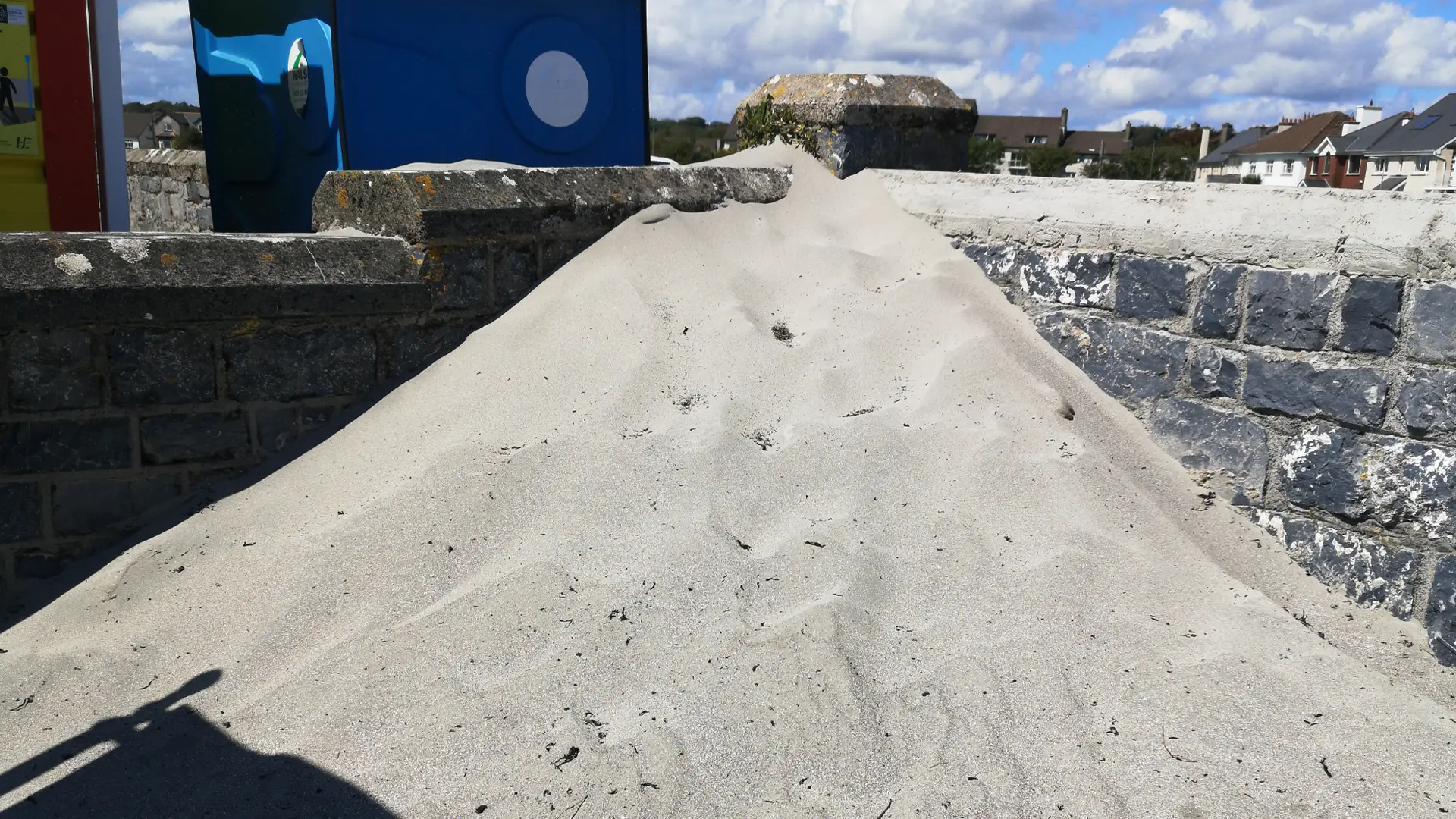
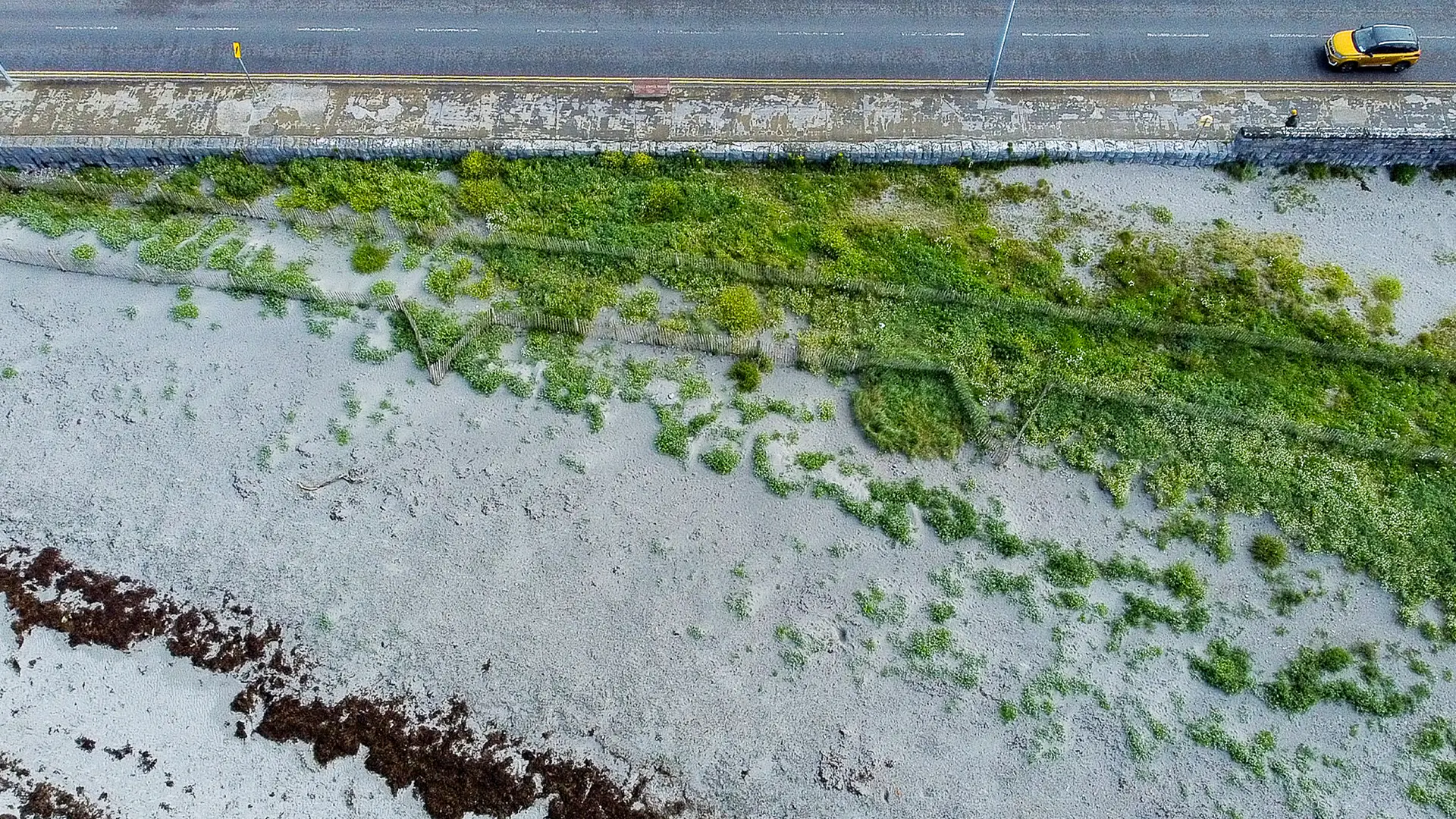
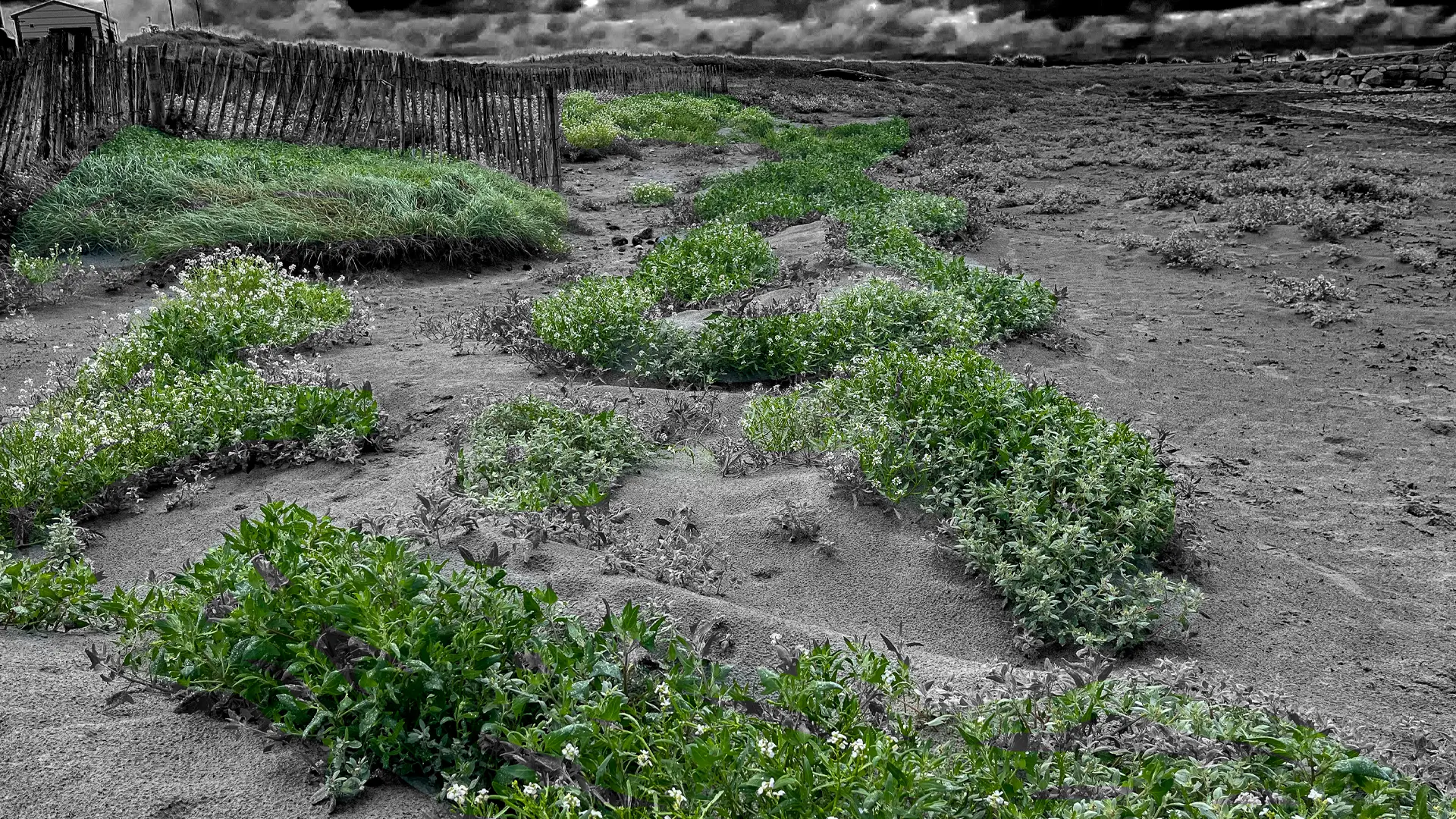
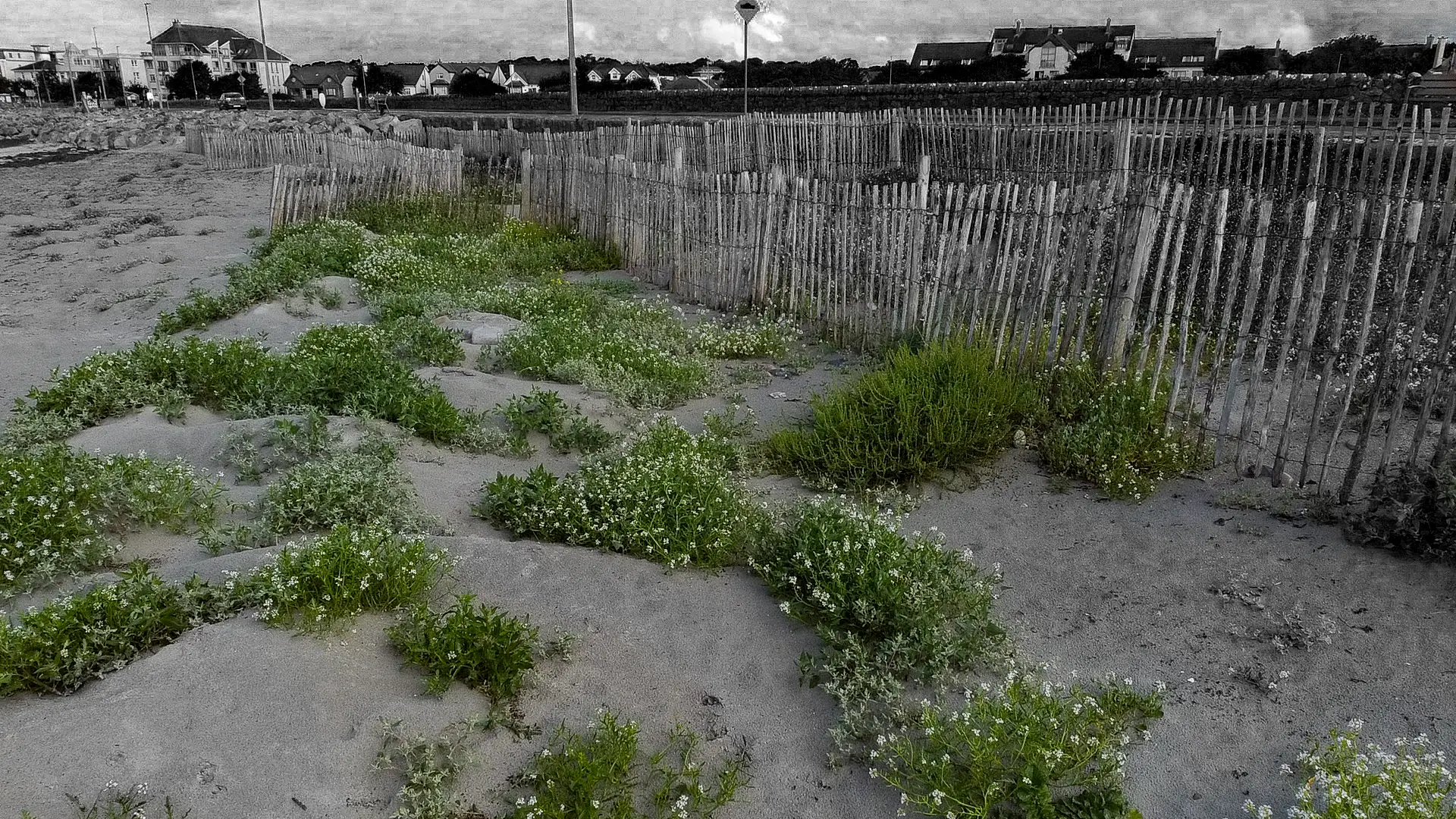
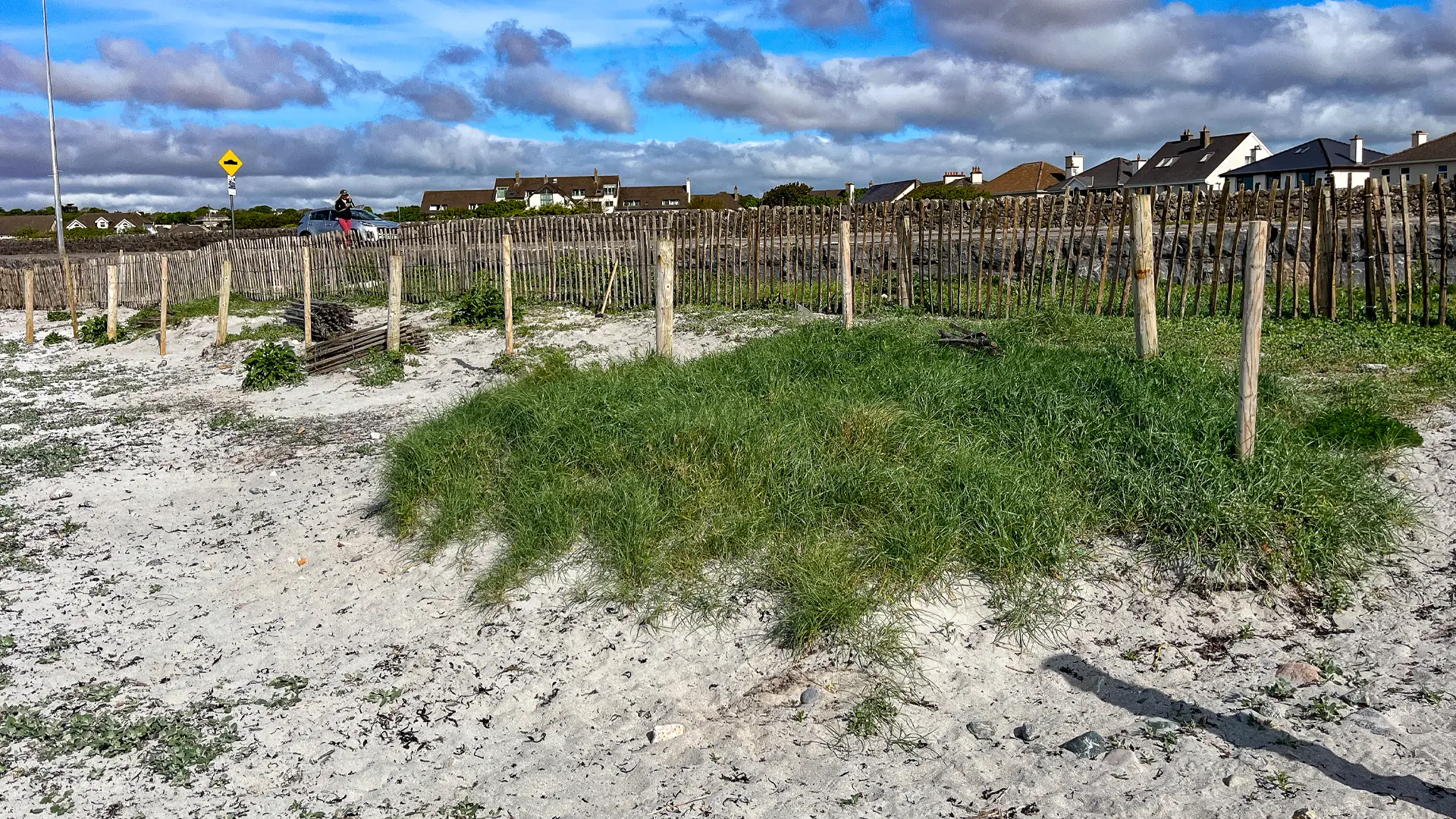
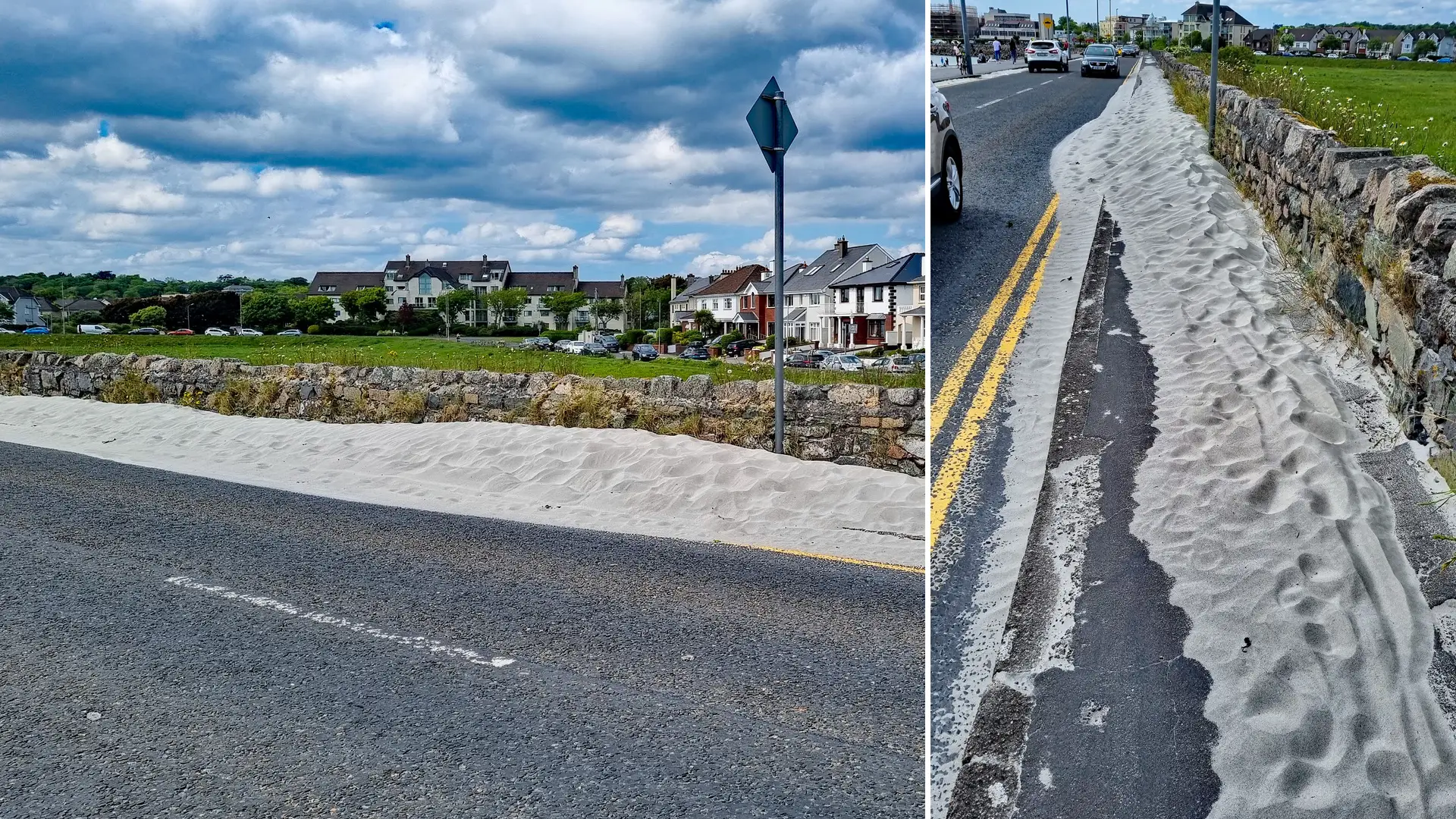
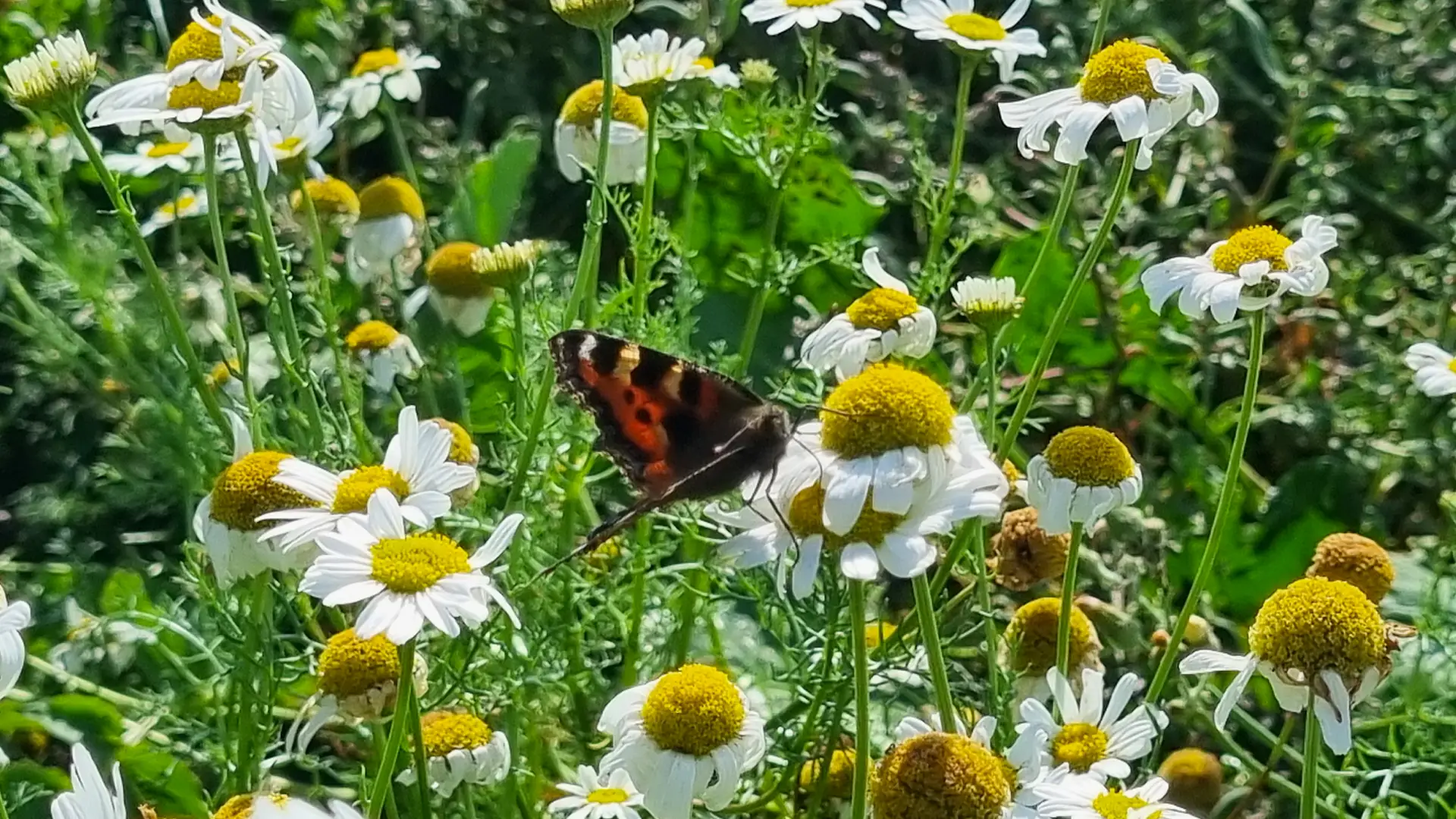
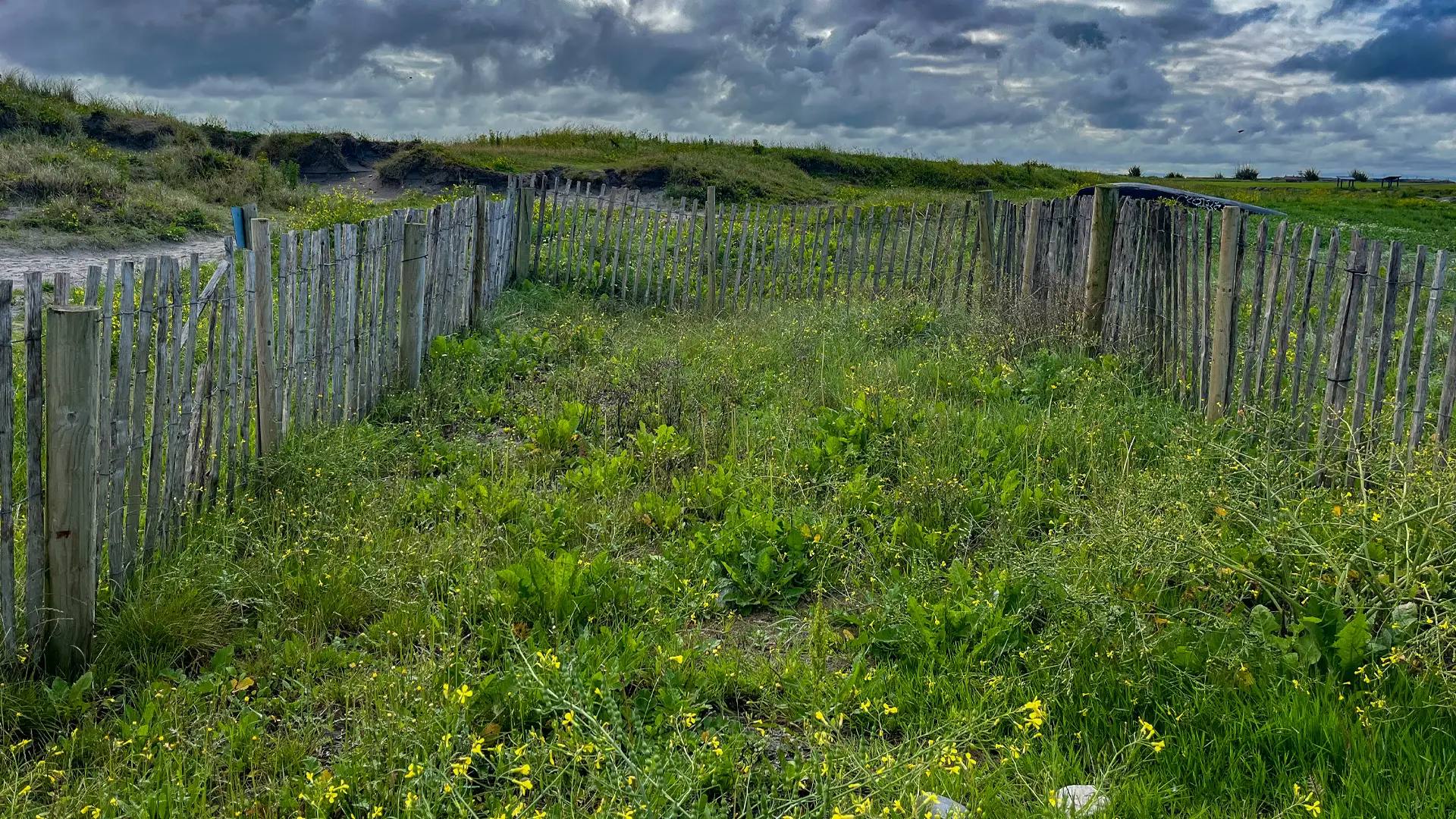
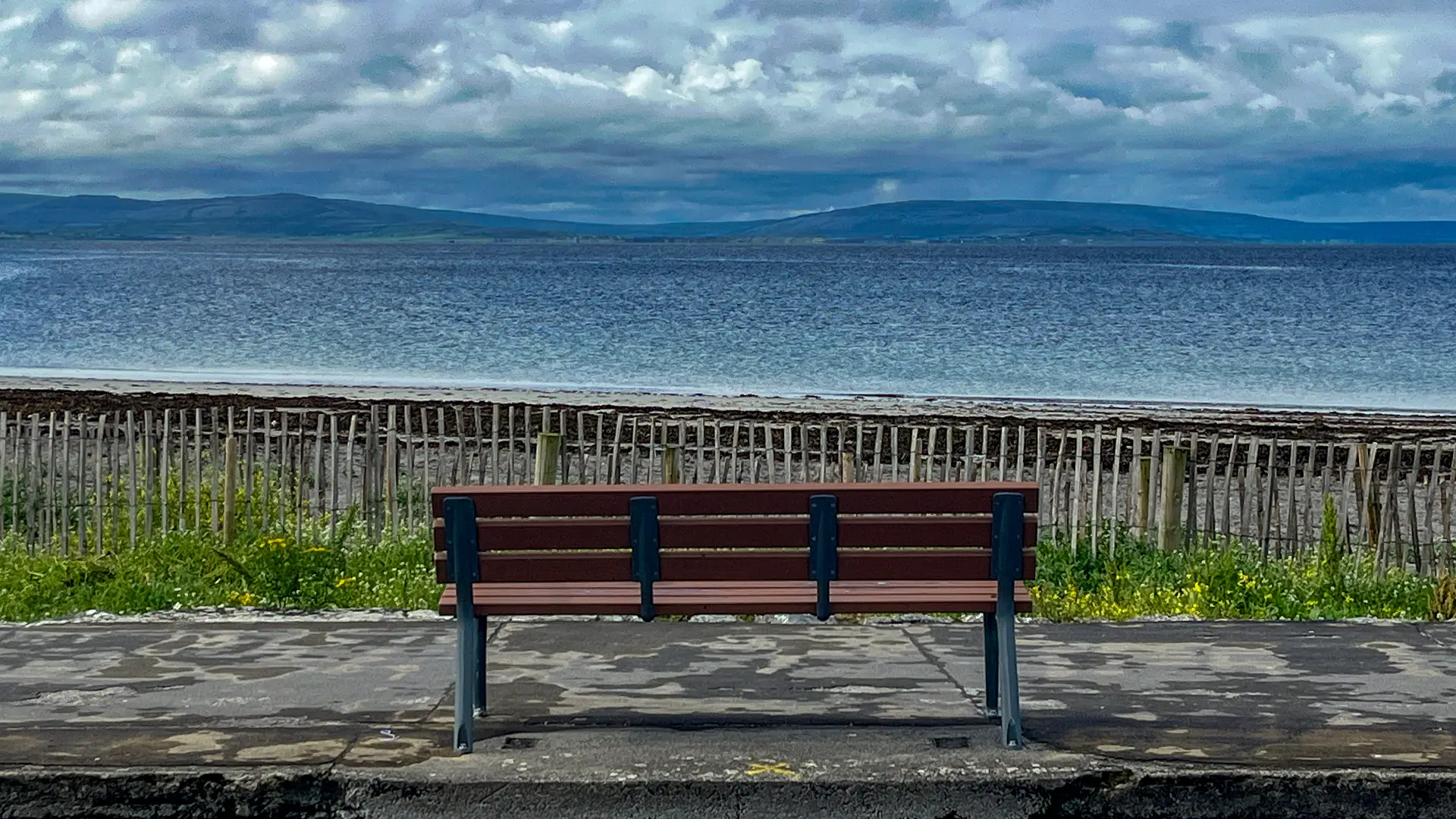
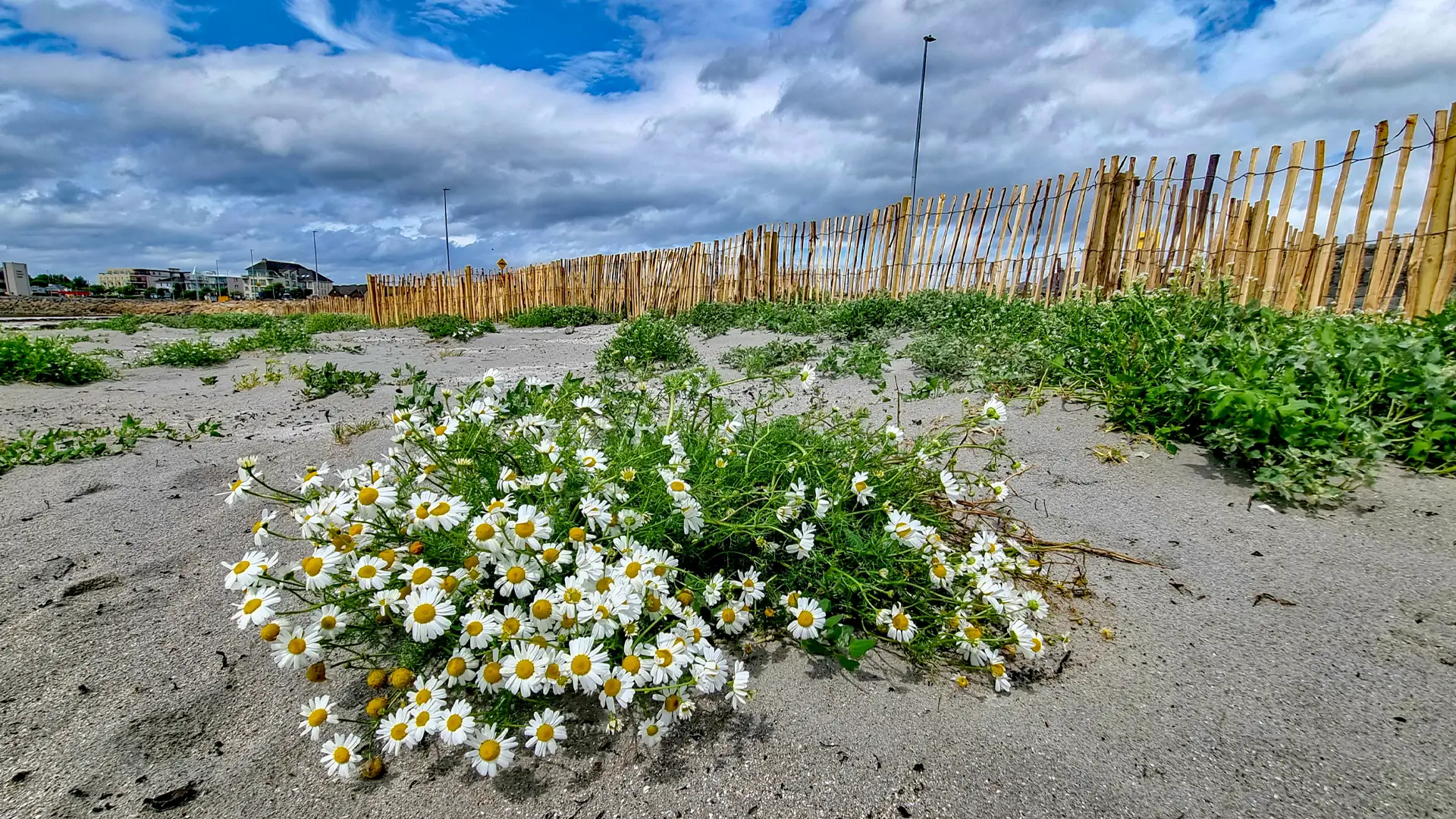
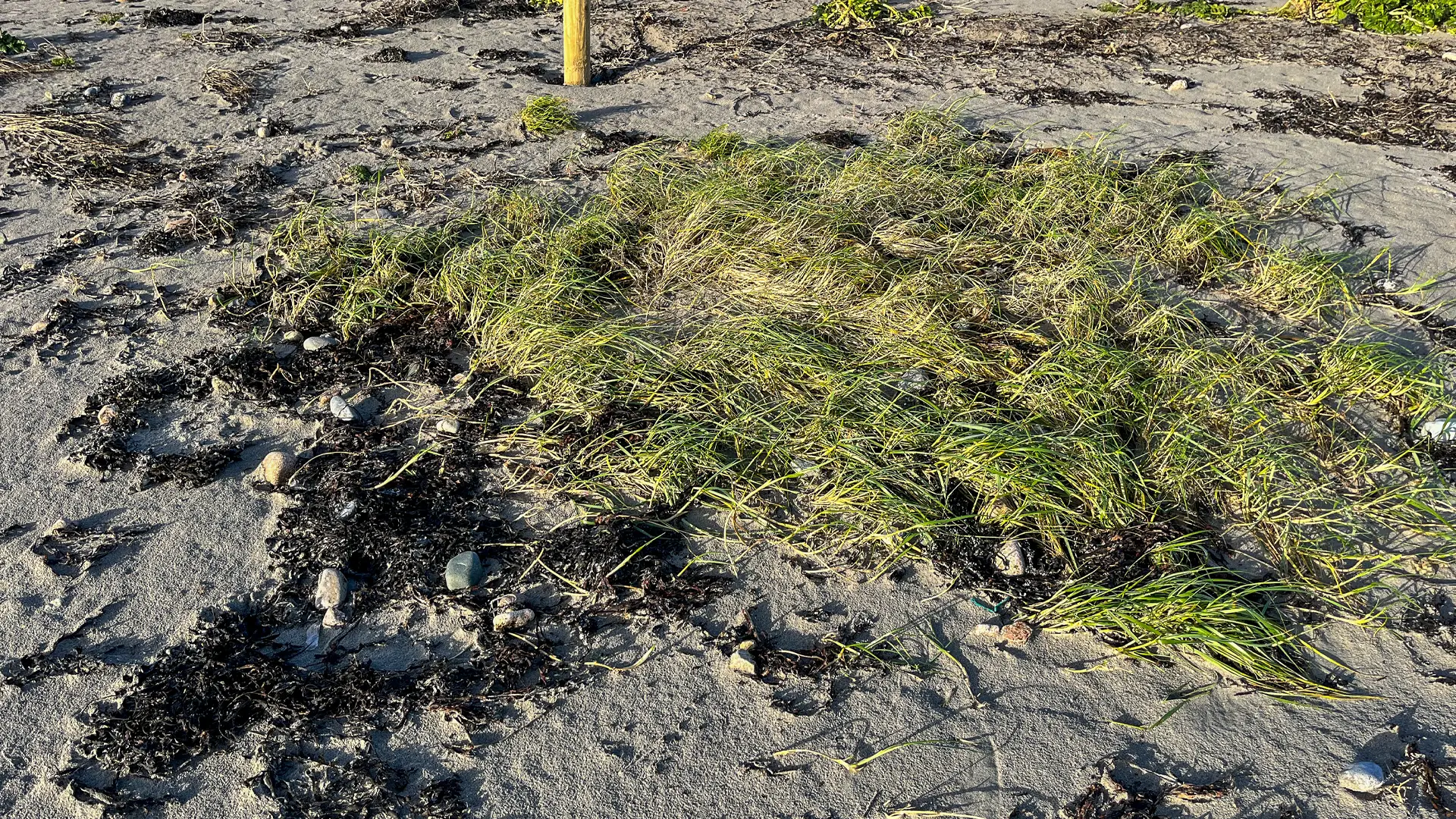
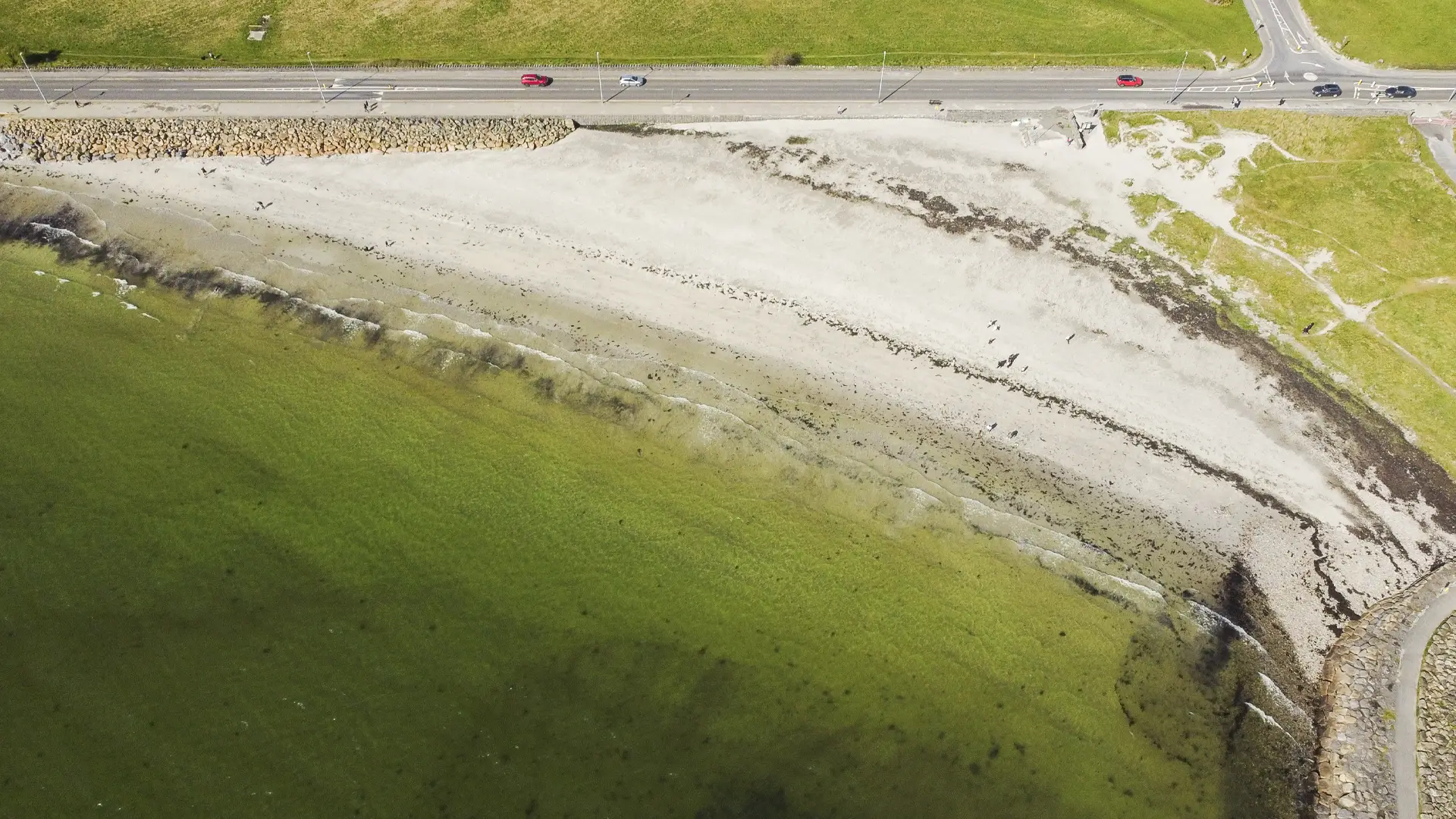
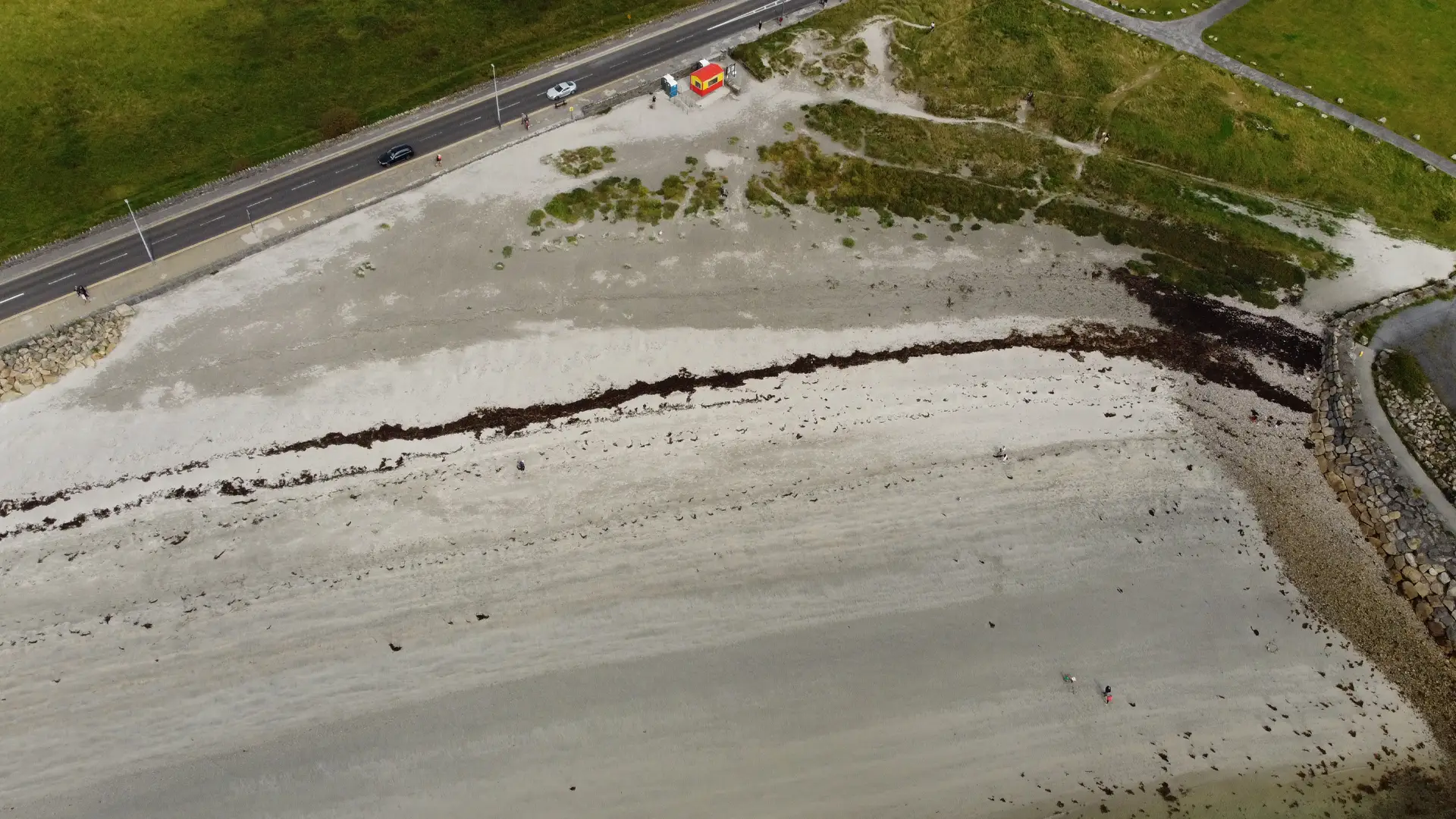
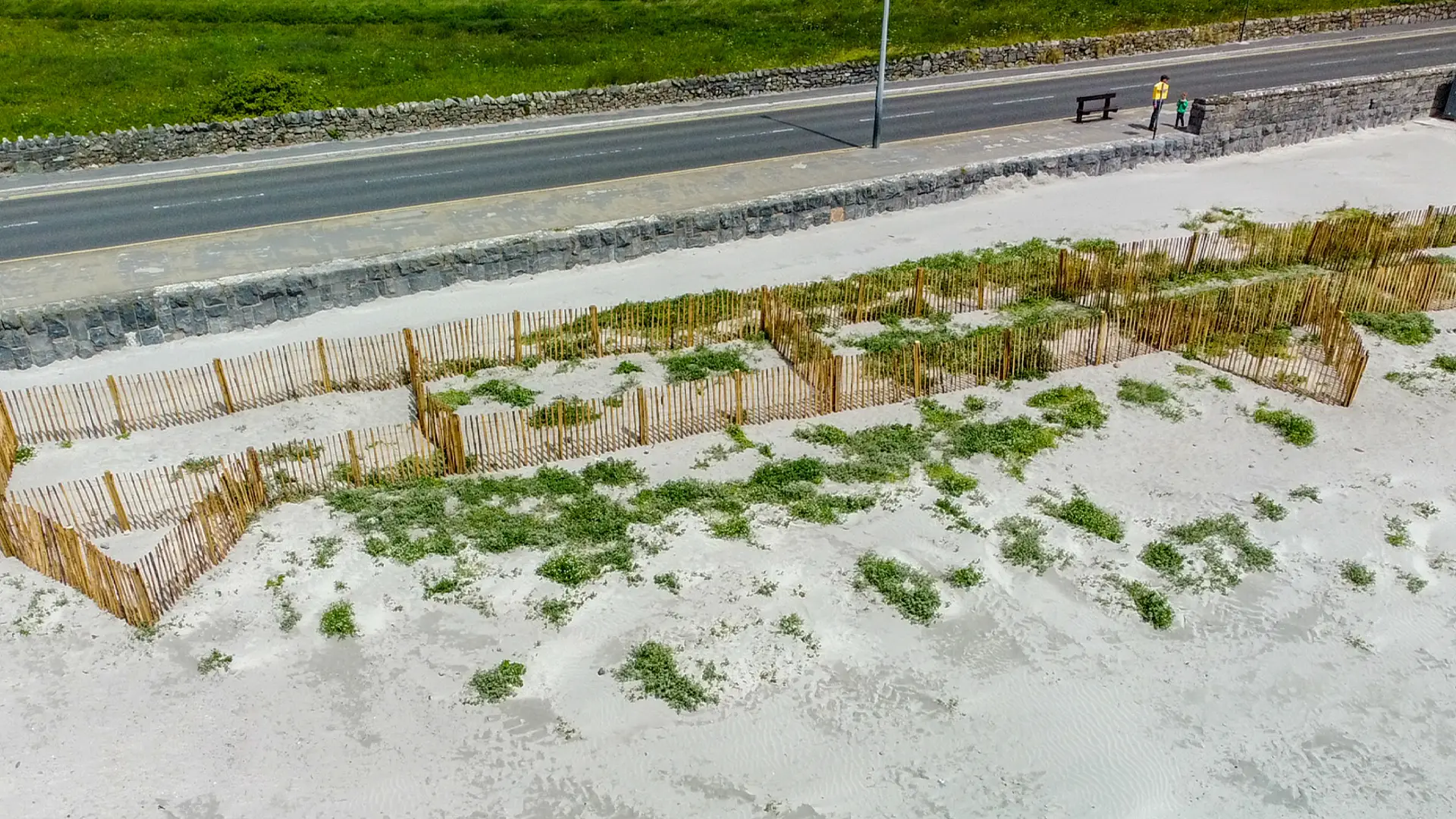
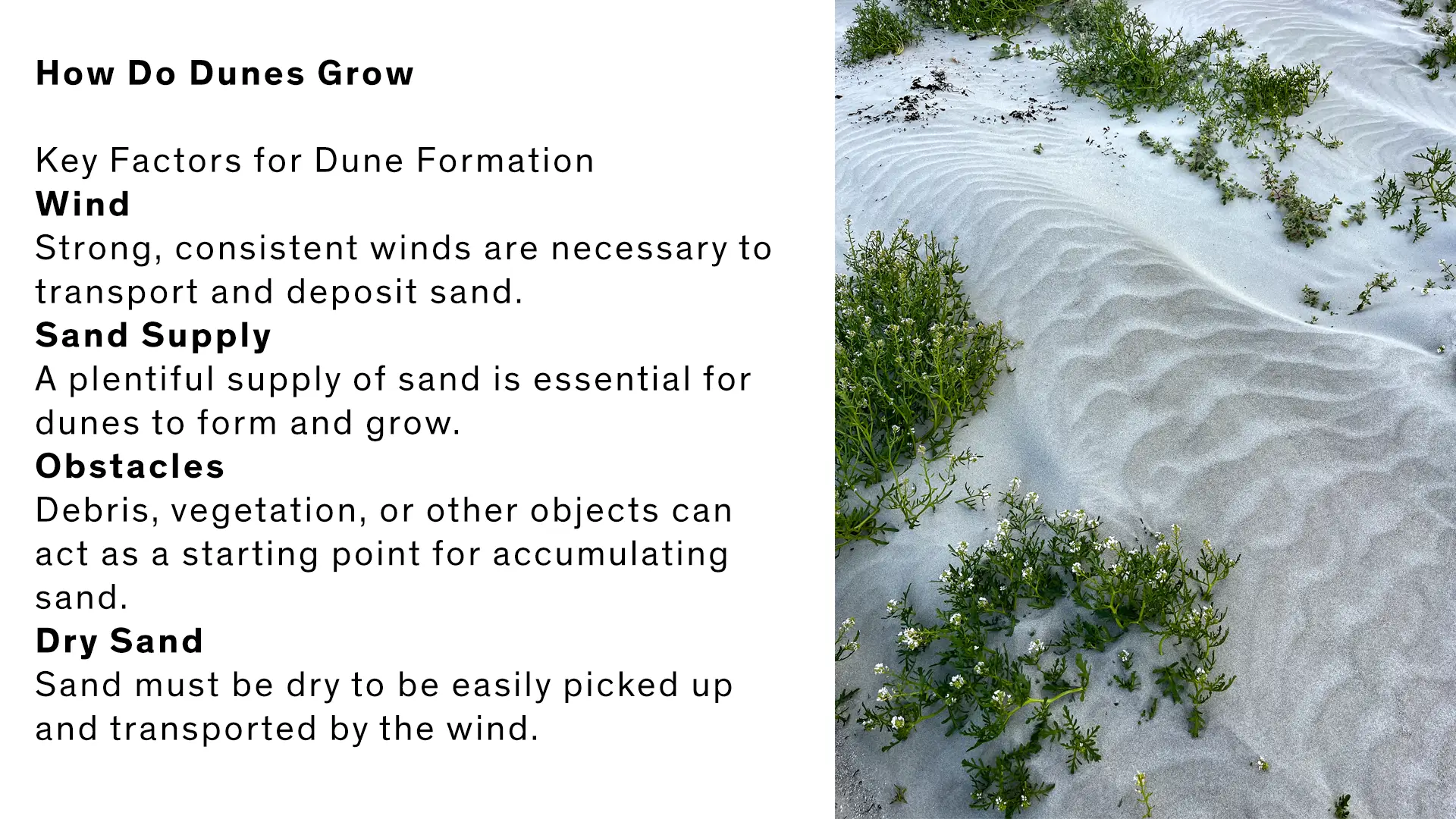
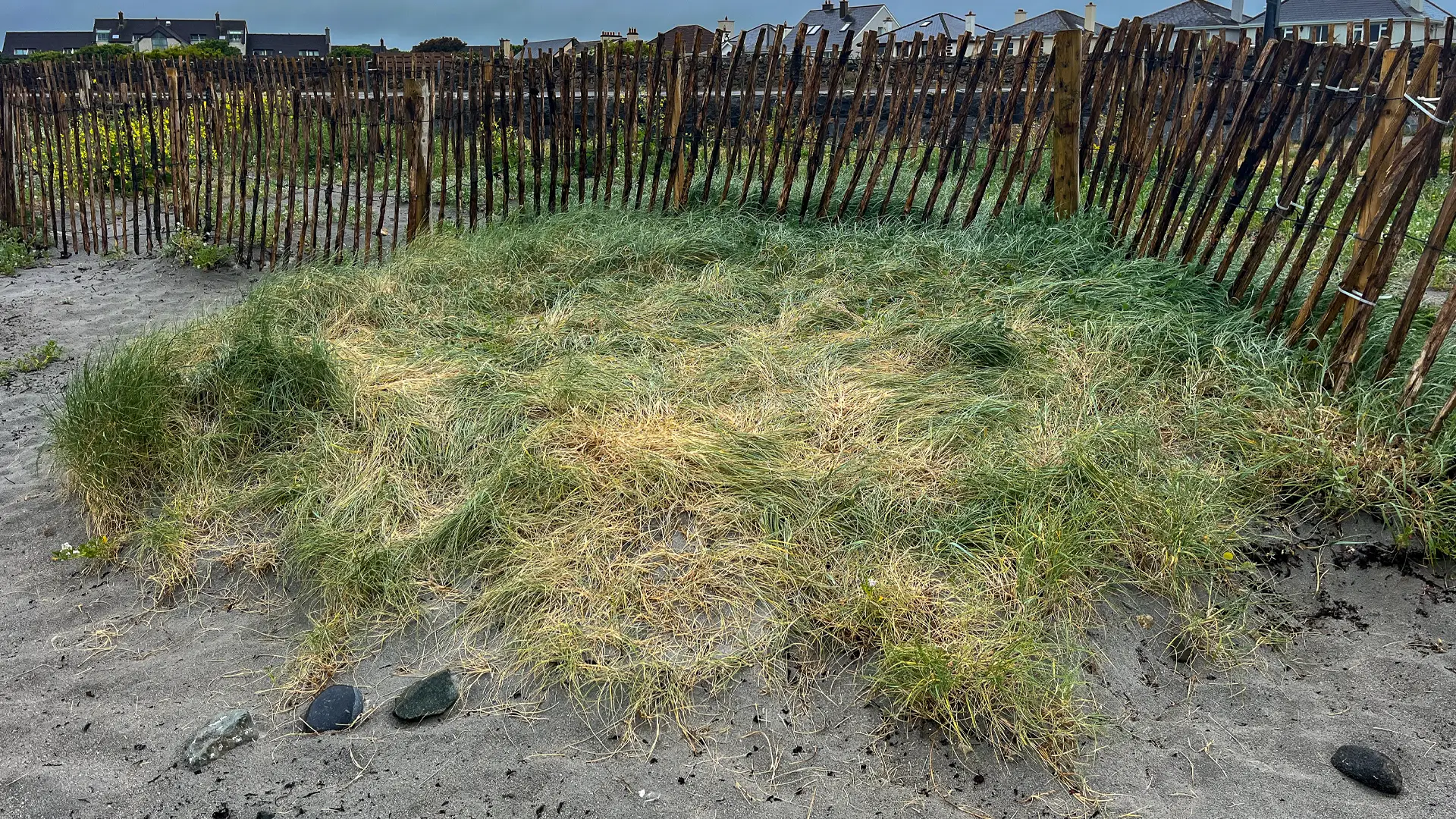
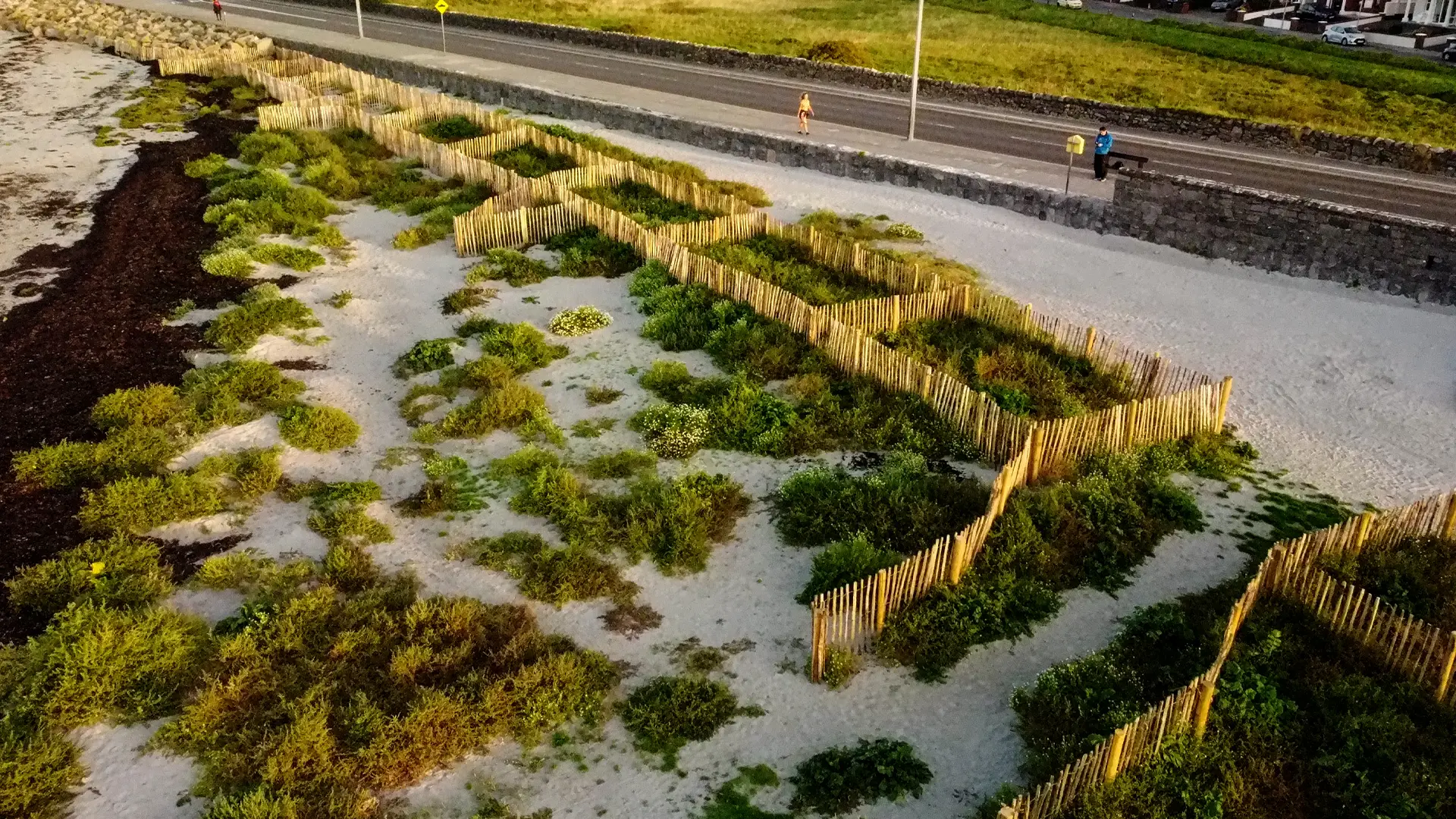
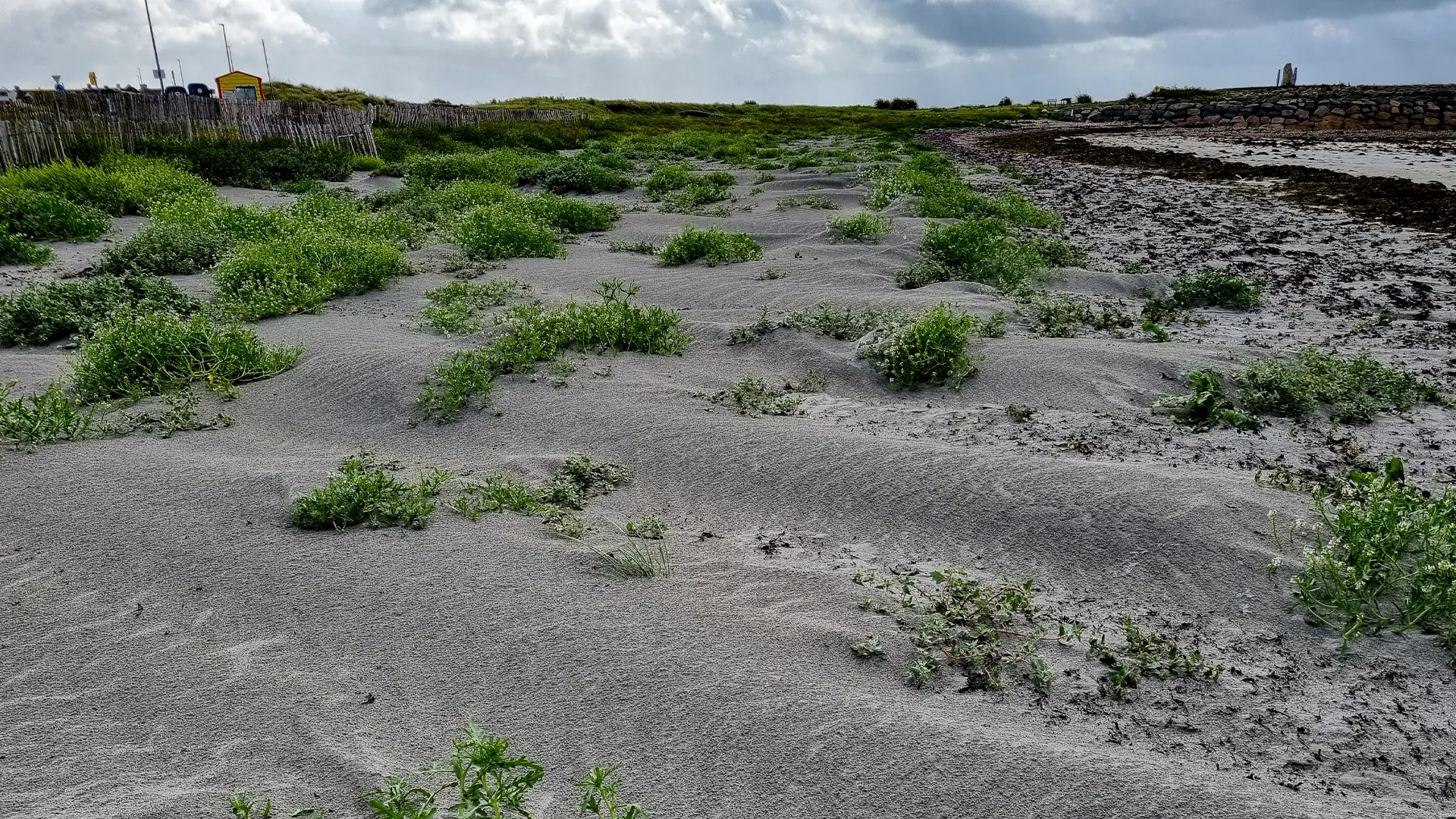
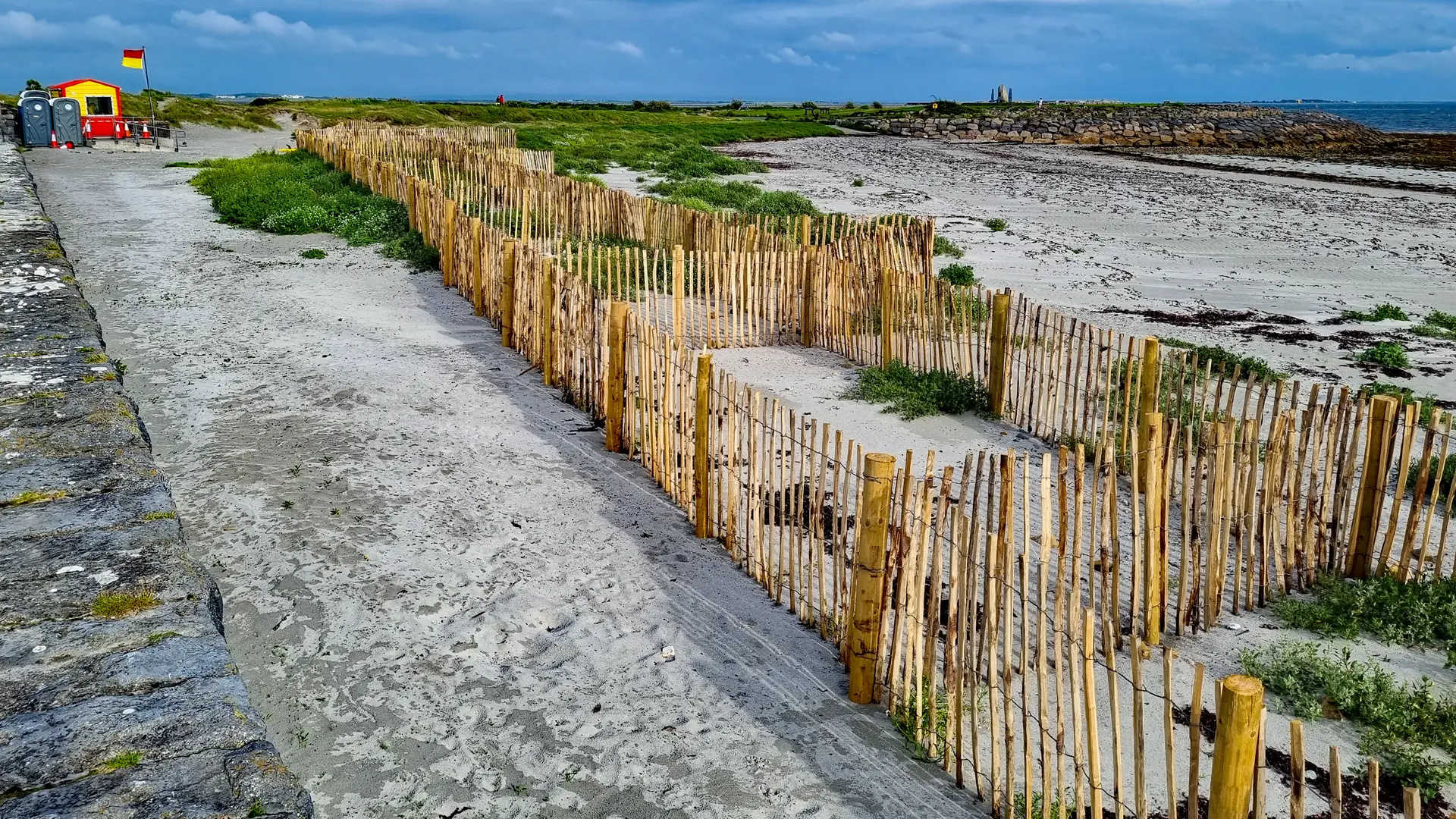
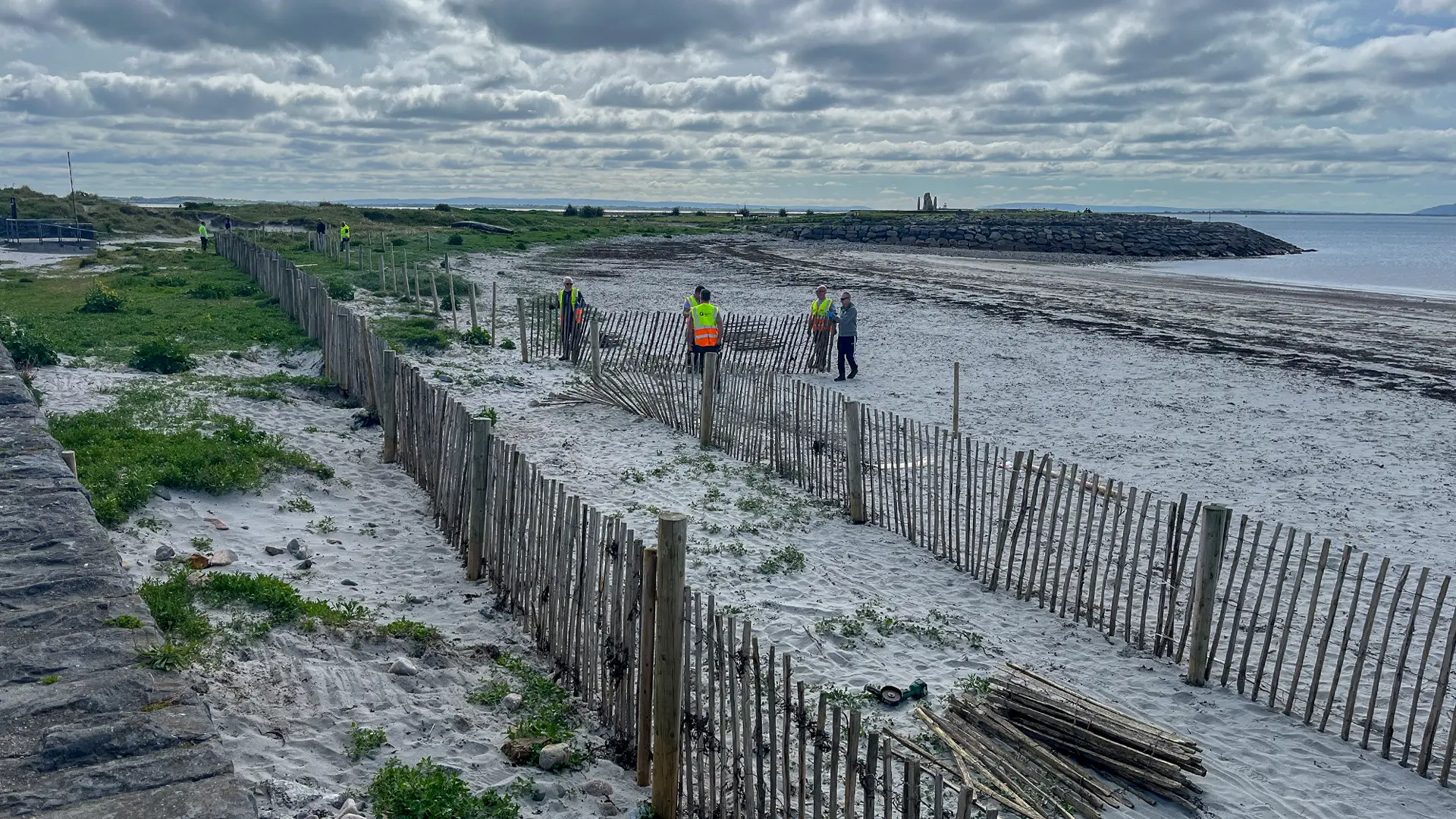
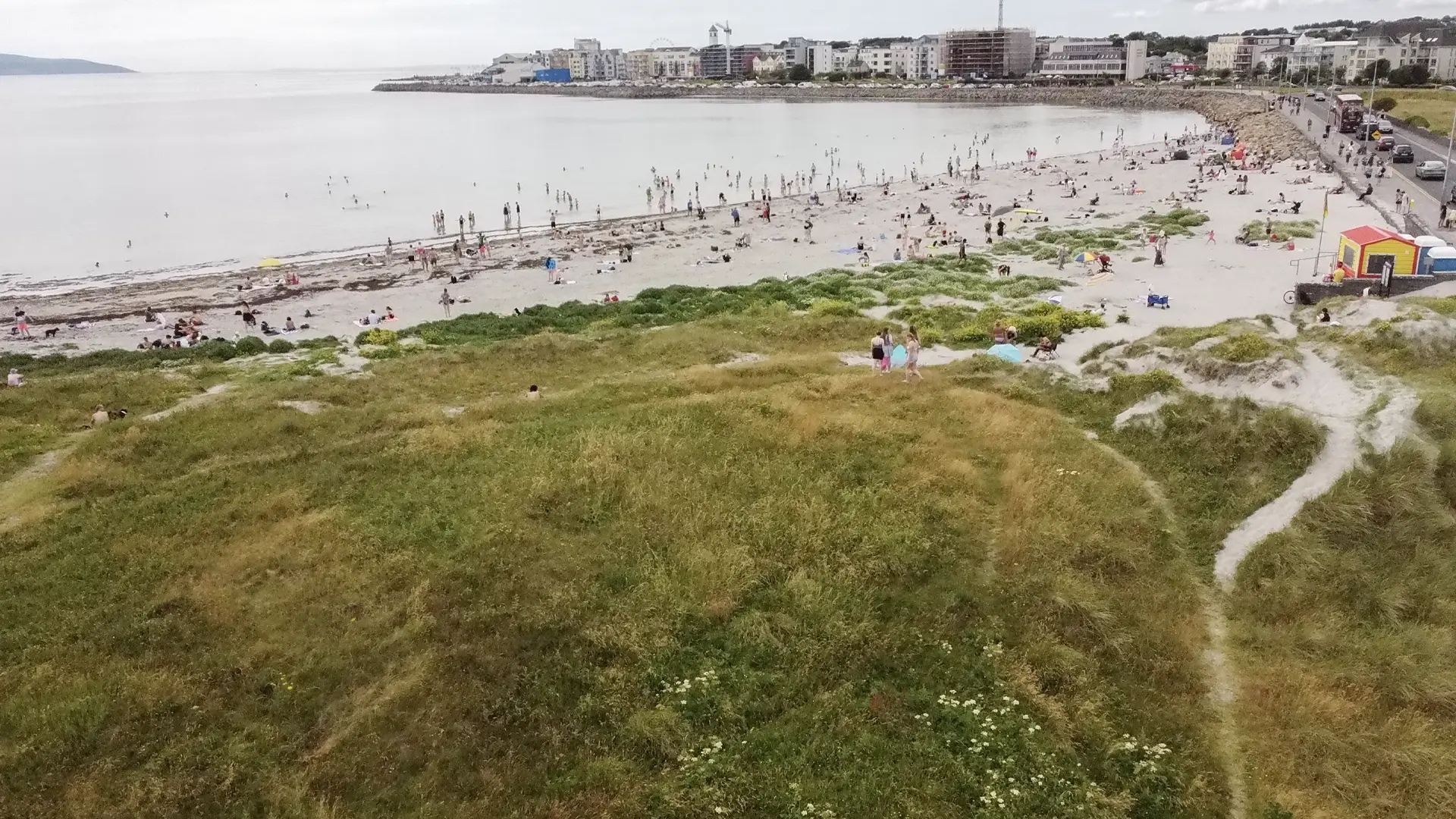
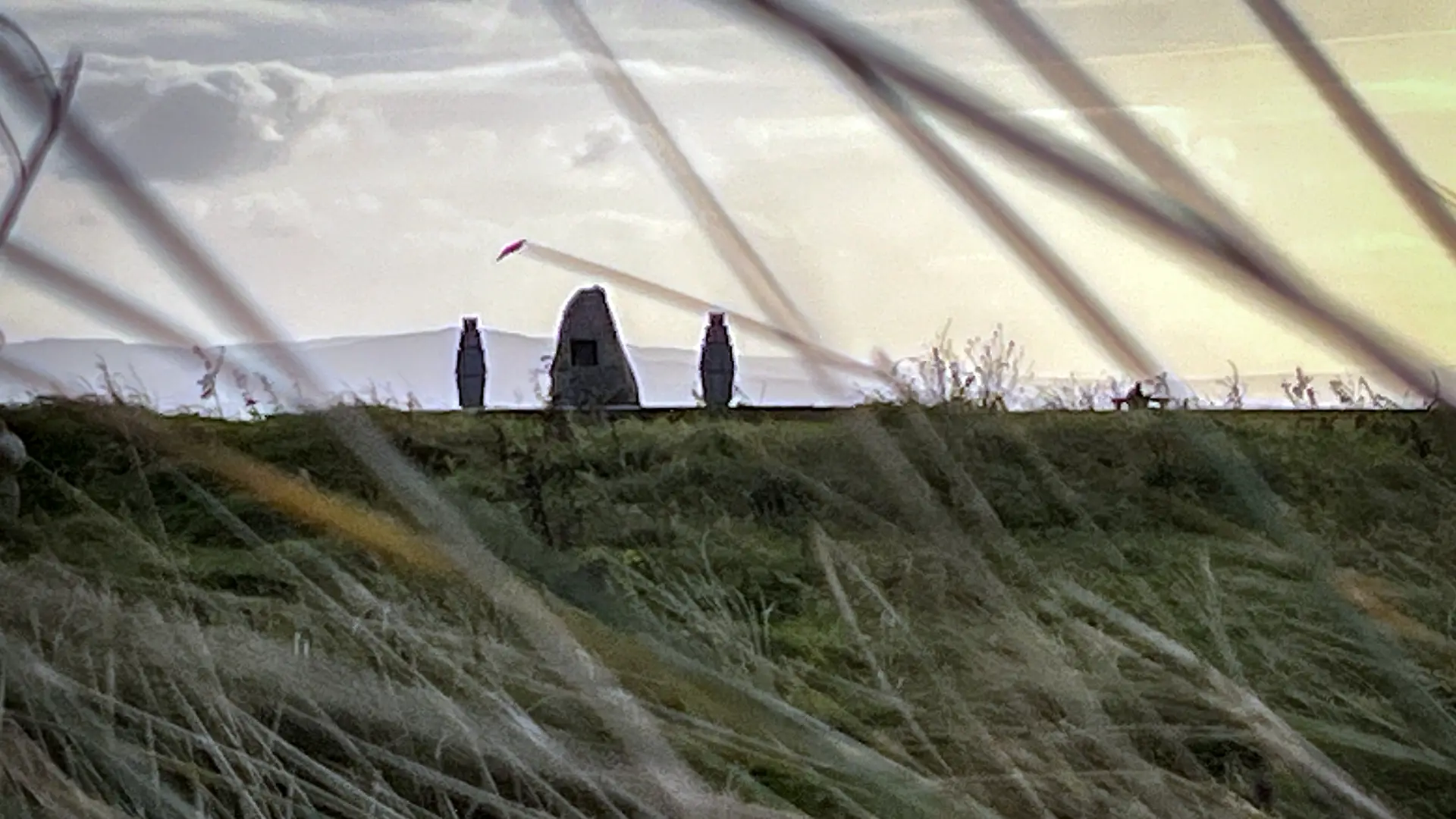
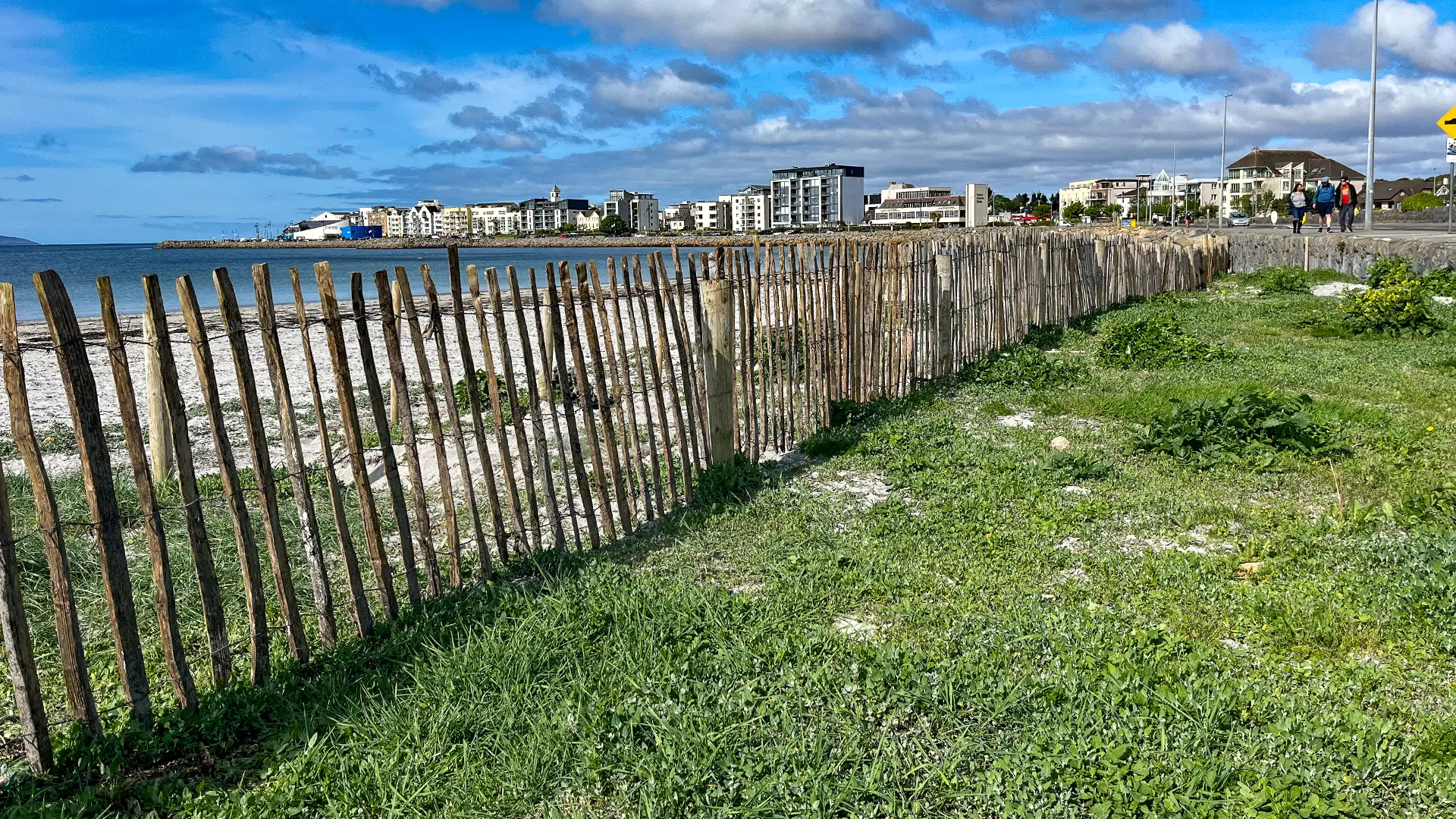
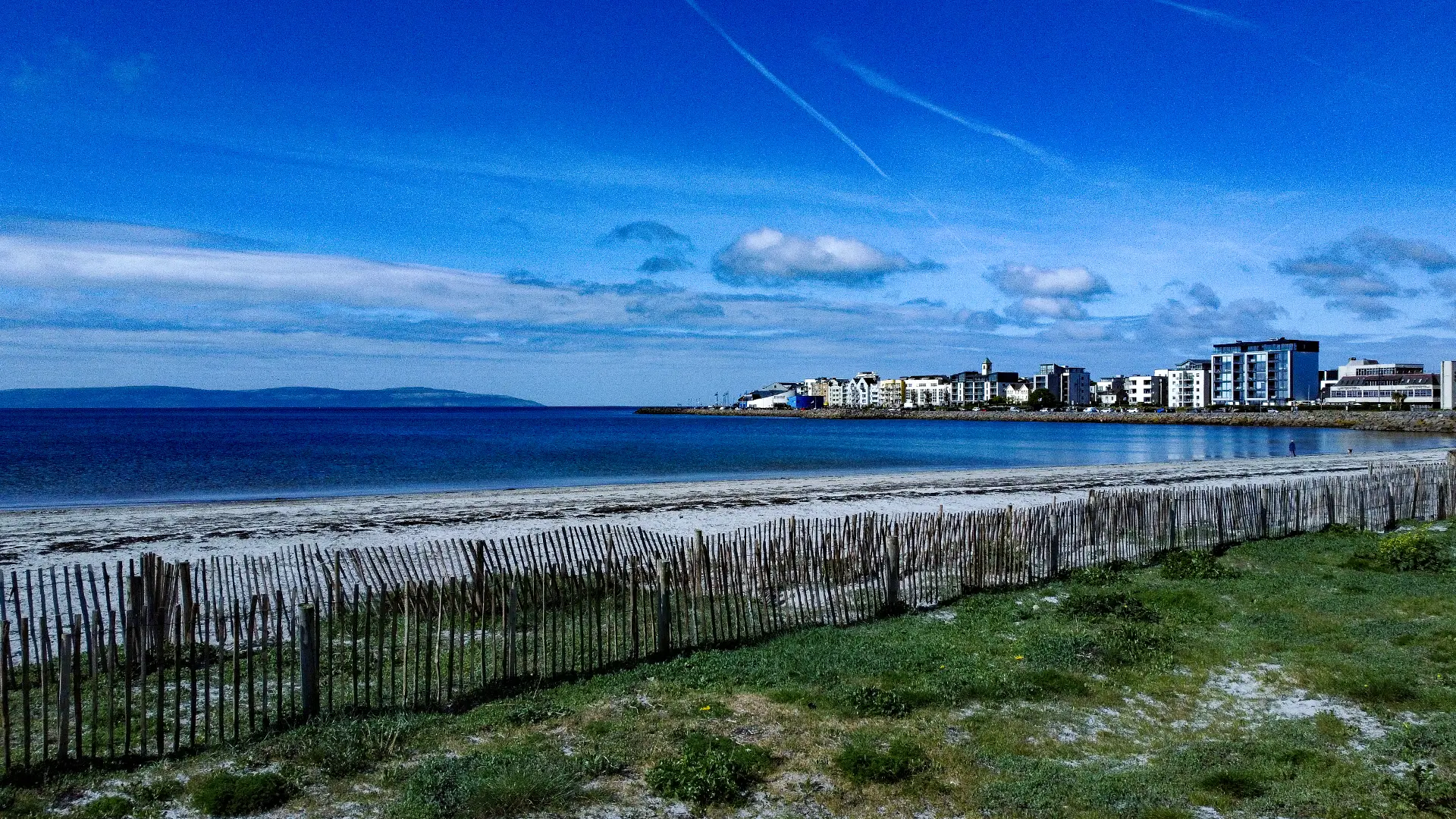
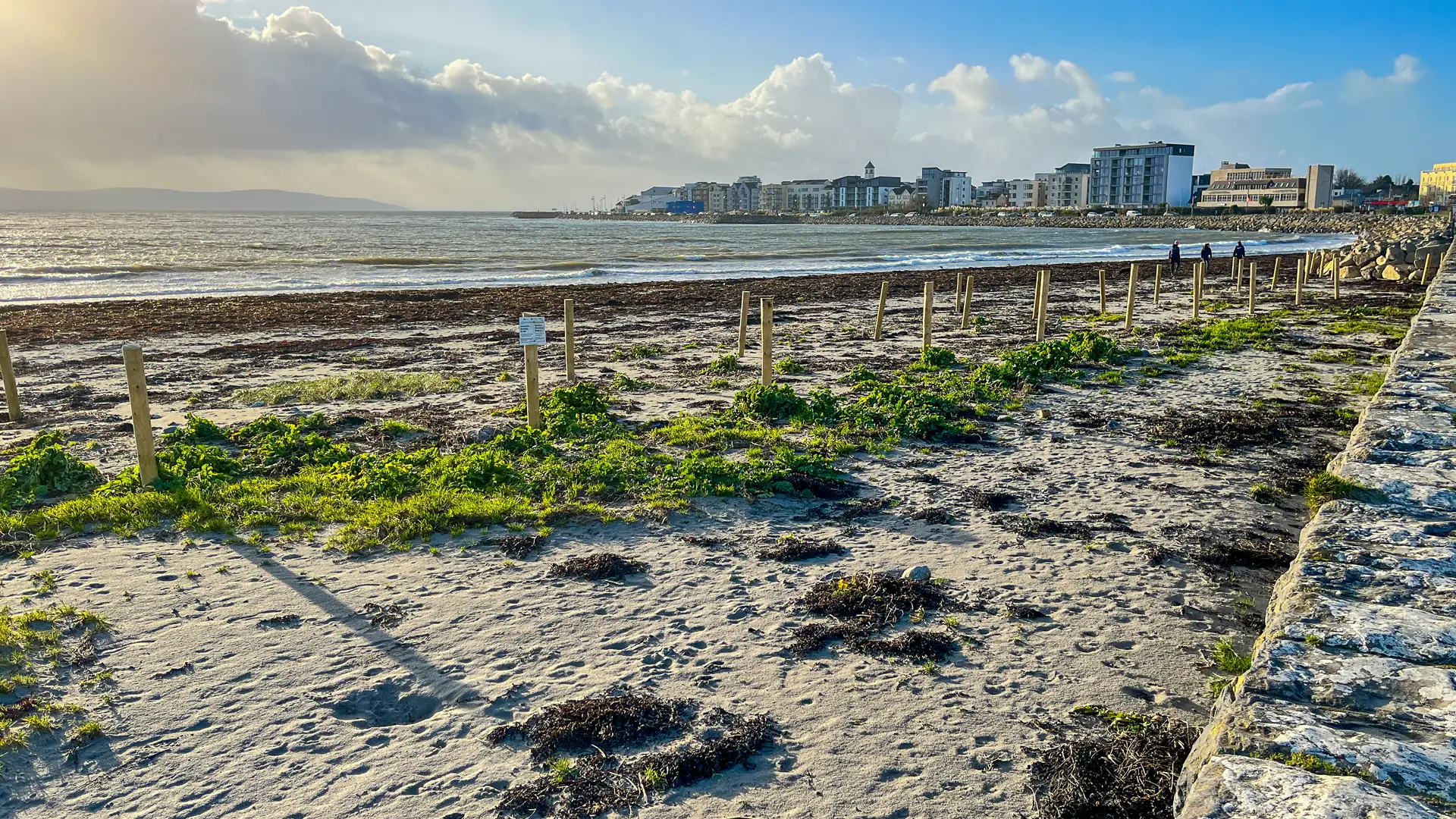
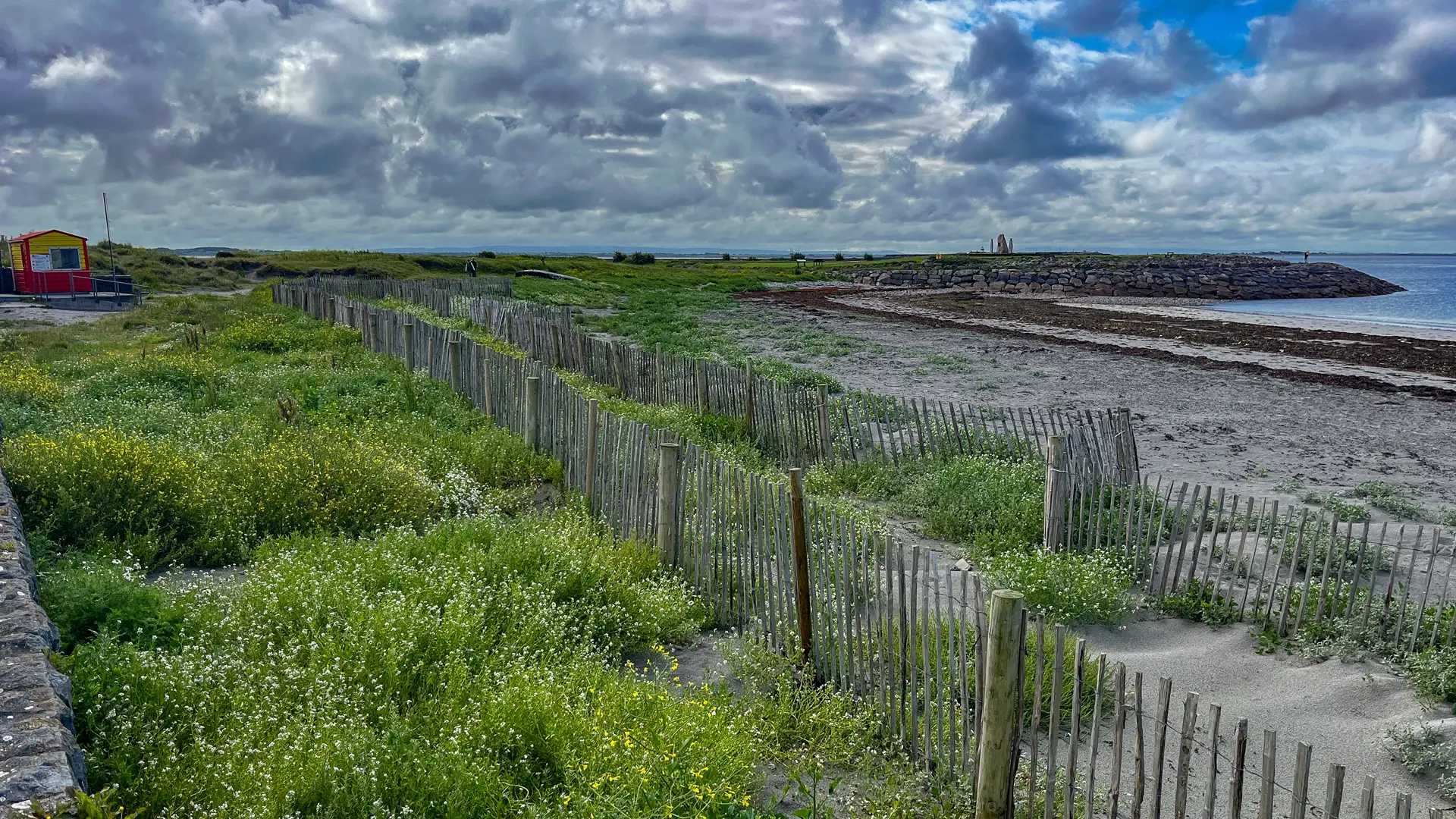
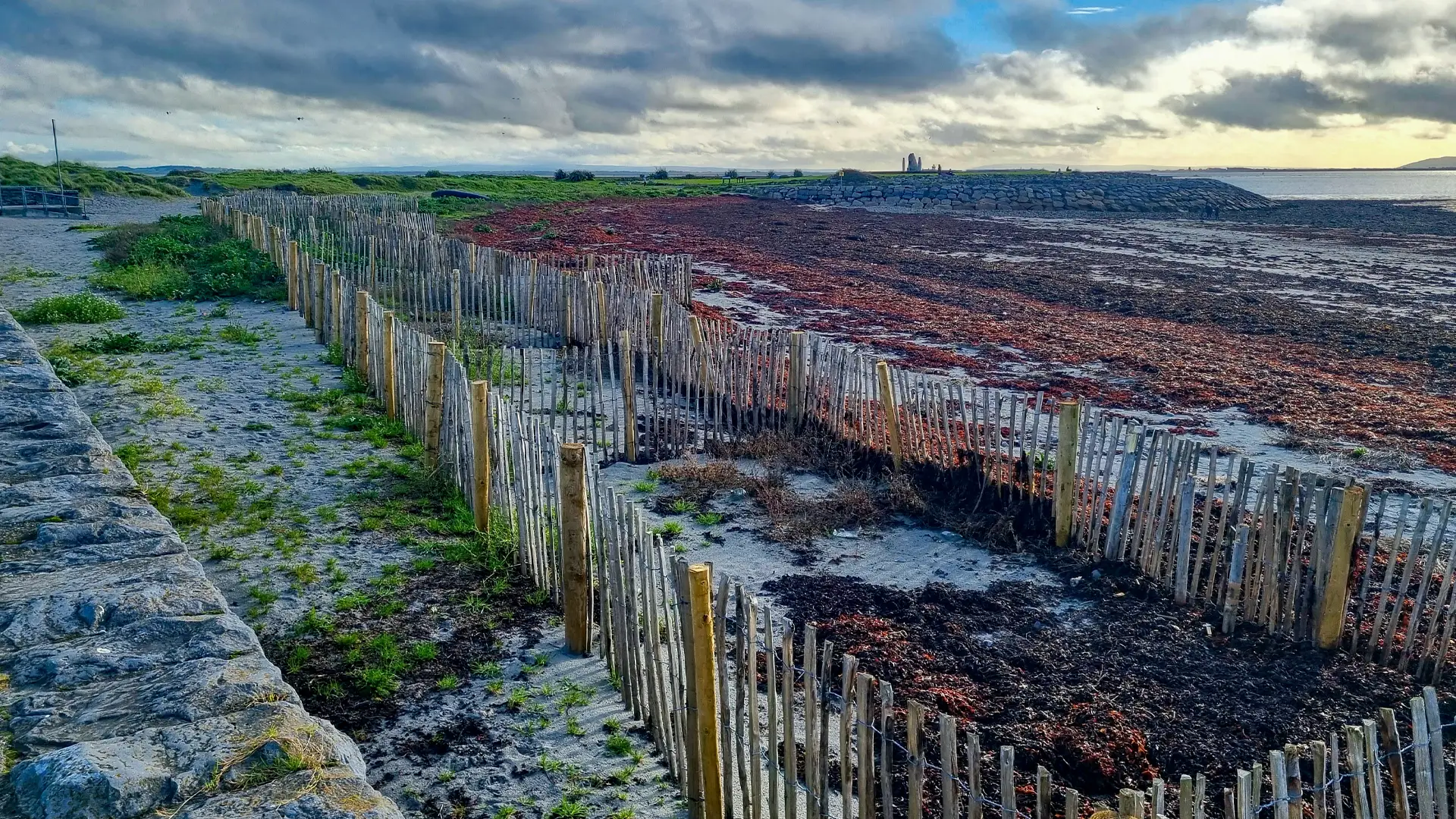
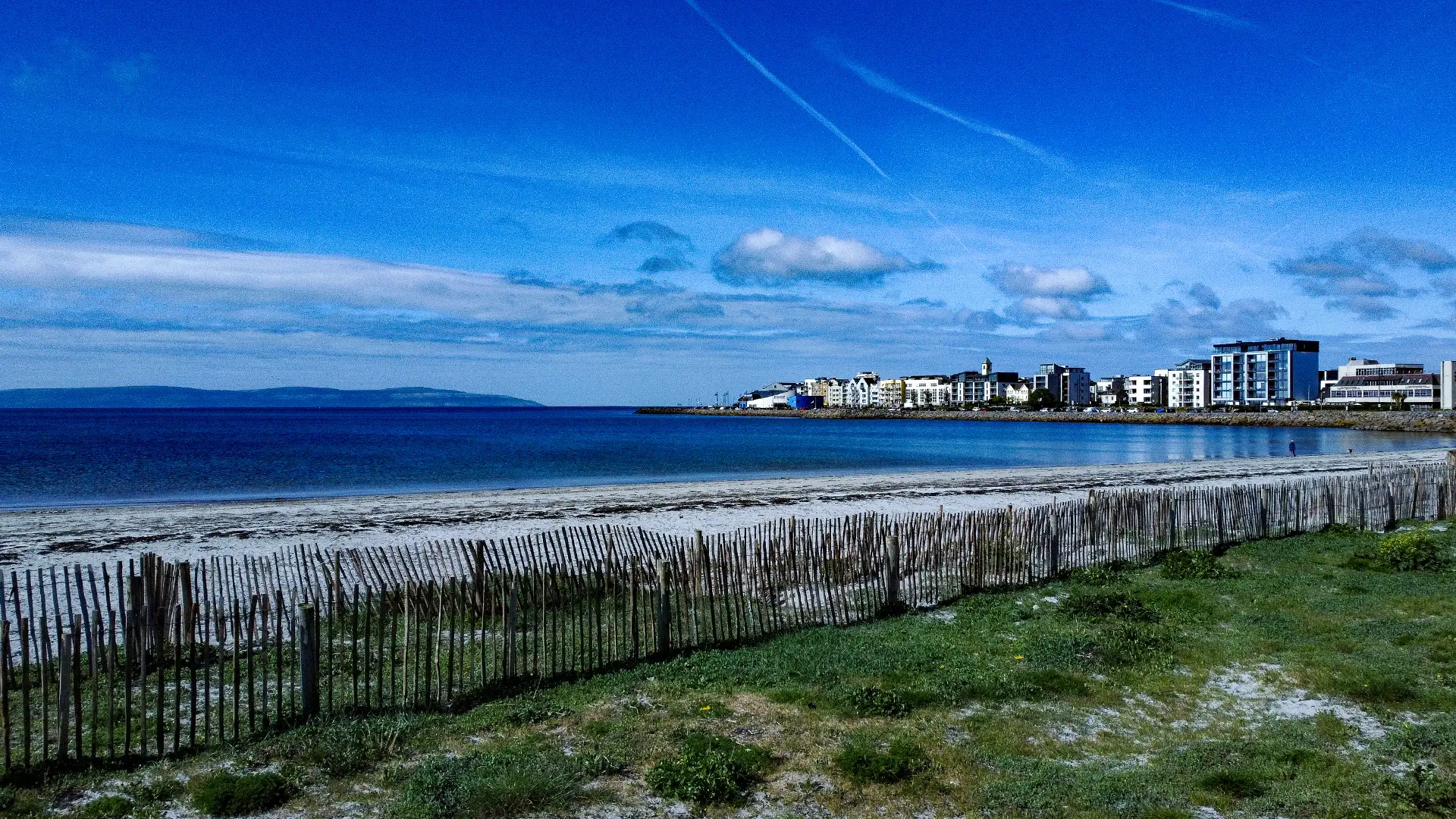
PDF REPORTS – From the last few years of the Project
Sources
https://biodiversityireland.ie/app/uploads/2021/08/DU.pdf
https://www.mdpi.com/2076-3298/8/12/135
https://cdn.cyfoethnaturiol.cymru/695403/glossary-coastal-processes-and-sand-dunes.pdf
The phrase “let him cook” in the context of Breaking Bad is a fan-created meme that reflects the show’s themes of mentorship, control, and the students’ journey of self-discovery.
About Nature-based Solutions
Nature-based solutions (NbS) are actions to protect, sustainably manage, and restore natural and modified ecosystems that address societal challenges effectively and adaptively, simultaneously benefiting people and nature.
Nature-based solutions address societal challenges through the protection, sustainable management and restoration of both natural and modified ecosystems, benefiting both biodiversity and human well-being. Nature-based solutions are underpinned by benefits that flow from healthy ecosystems. They target major challenges like climate change, disaster risk reduction, food and water security, biodiversity loss and human health, and are critical to sustainable economic development.
Source: https://iucn.org/our-work/nature-based-solutions
What Are Fences Made From?
CHESTNUT FENCES
Chestnut is used because it is naturally rot-resistant due to its high tannin content, which also makes it resistant to insects, fungi, and decay. This characteristic allows chestnut sand fences to withstand constant exposure to salt, moisture, and harsh coastal weather without needing chemical treatments.
How are dunes made
Key Factors for Dune Formation
- Wind
- Strong, consistent winds are necessary to transport and deposit sand.
- Sand Supply
- A plentiful supply of sand is essential for dunes to form and grow.
- Obstacles
- Debris, vegetation, or other objects can act as a starting point for accumulating sand.
- Dry Sand
- Sand must be dry to be easily picked up and transported by the wind.
Dunes form when wind transports and deposits dry sand, creating small mounds that grow as wind piles more sand on the windward side. This process repeats as sand accumulates, eventually leading to the crest of the dune becoming too steep and collapsing on the leeward side at its angle of repose.
.
